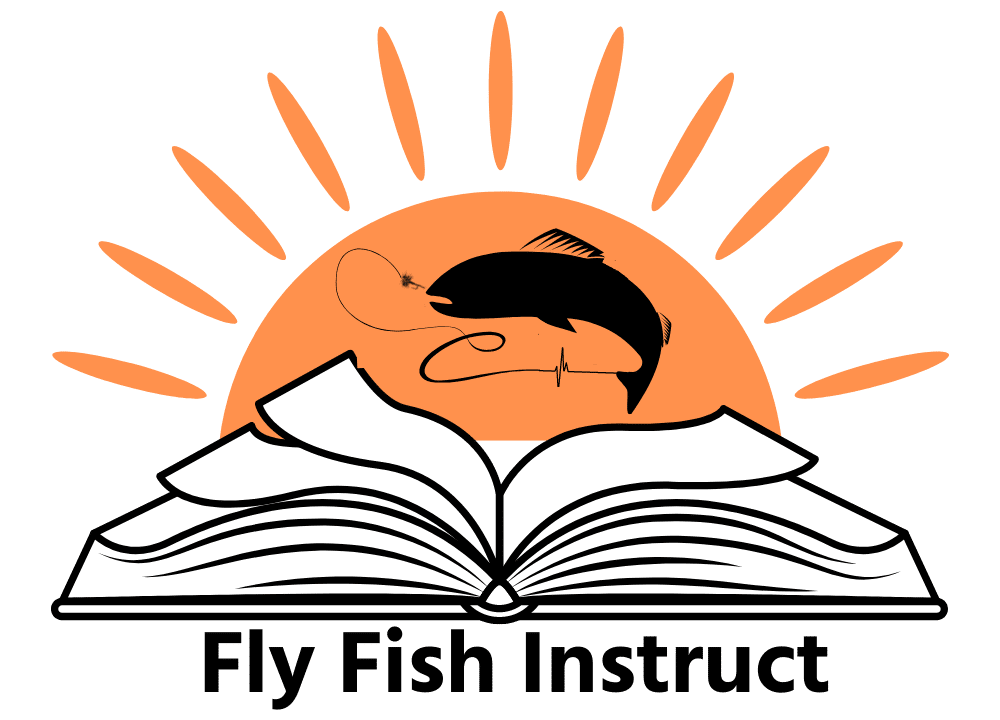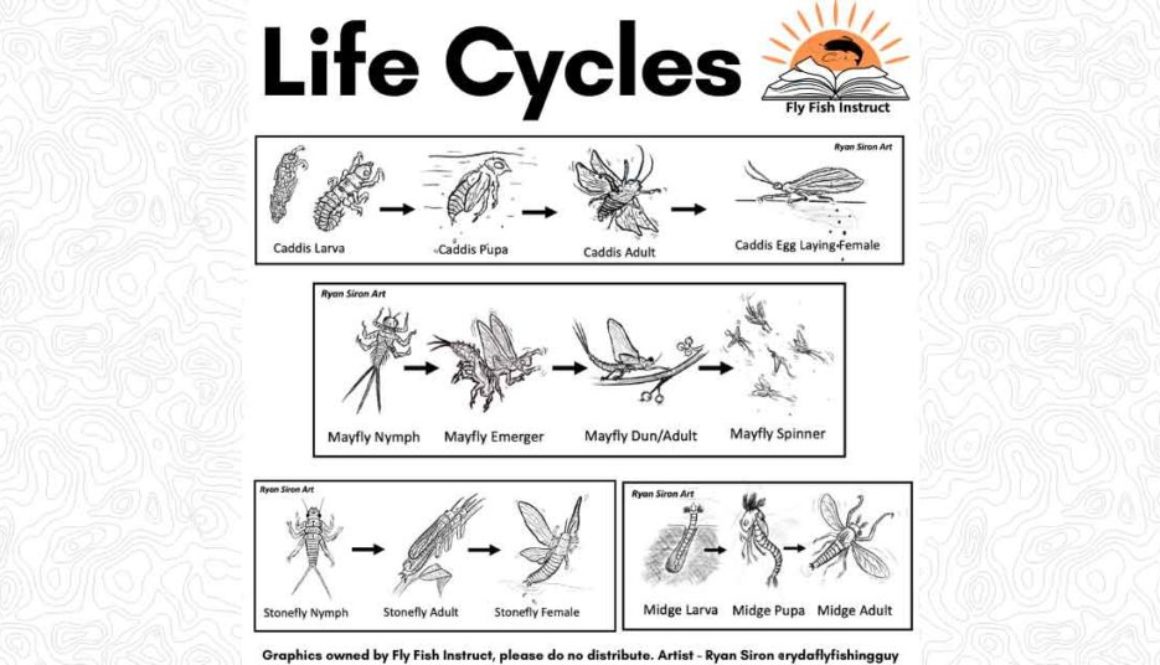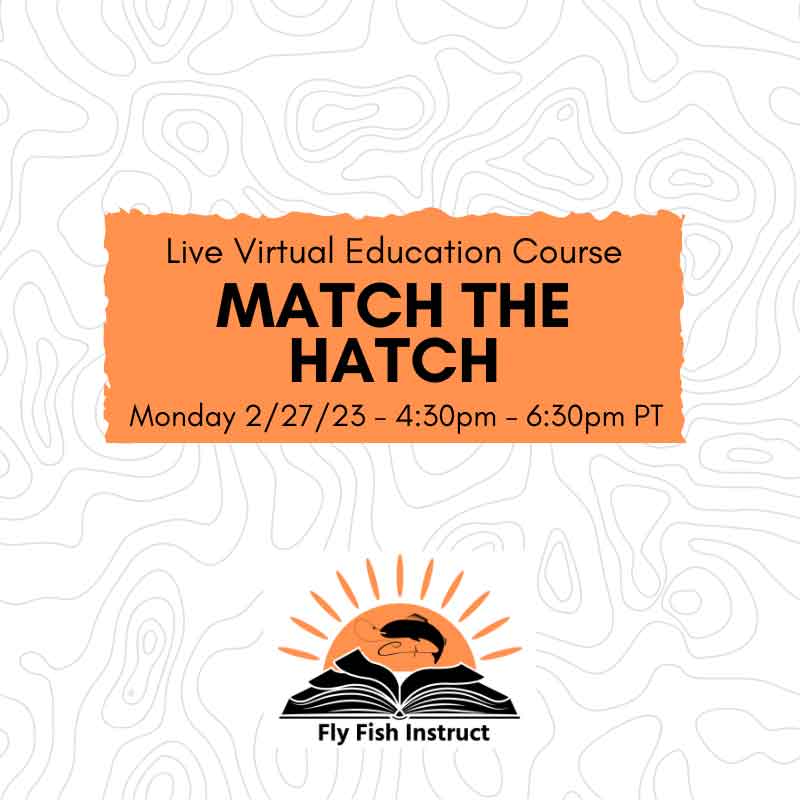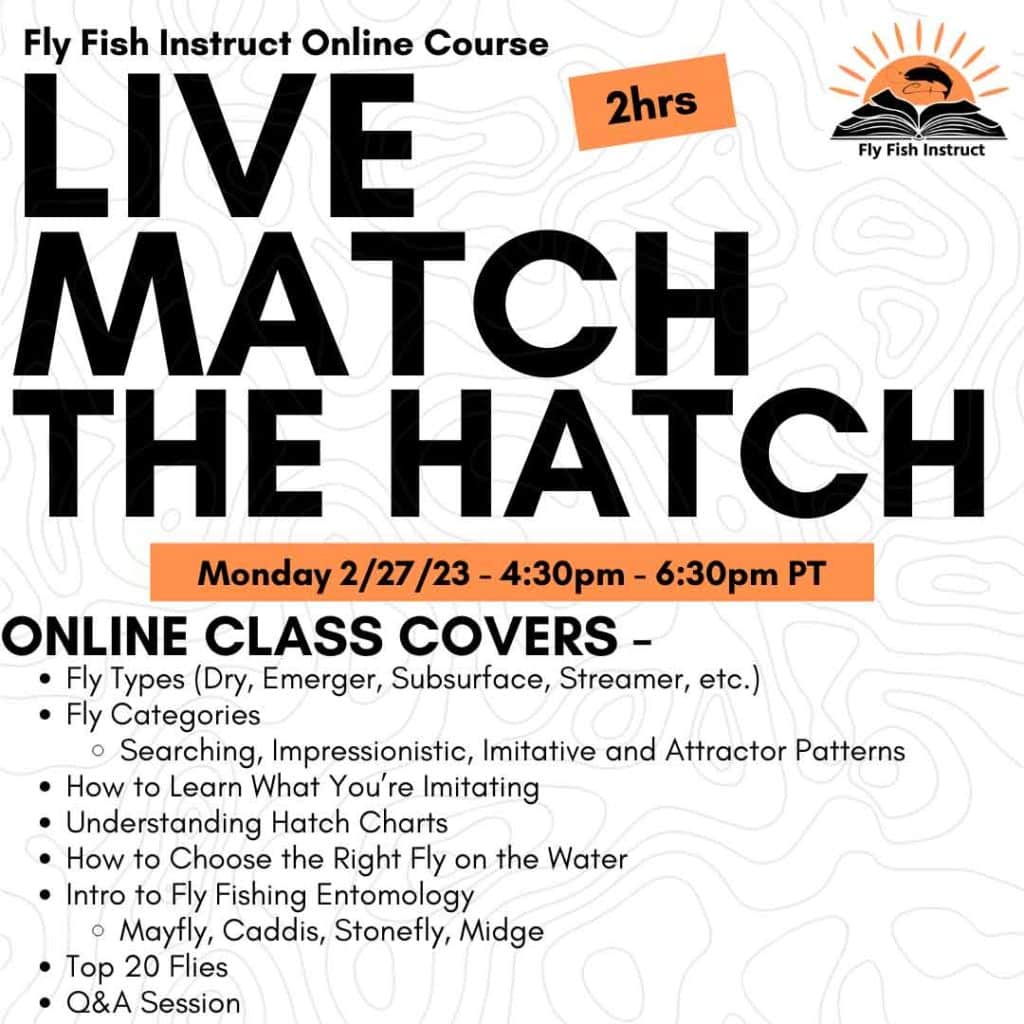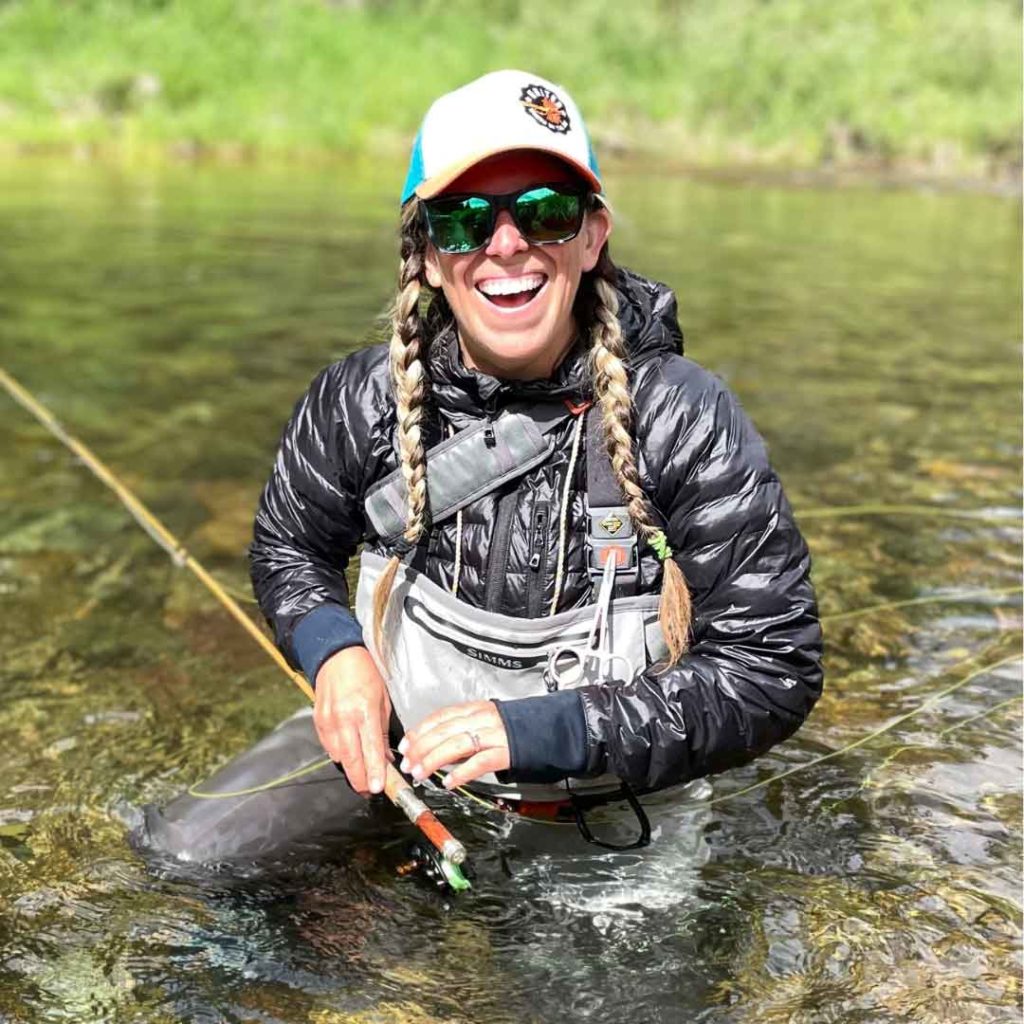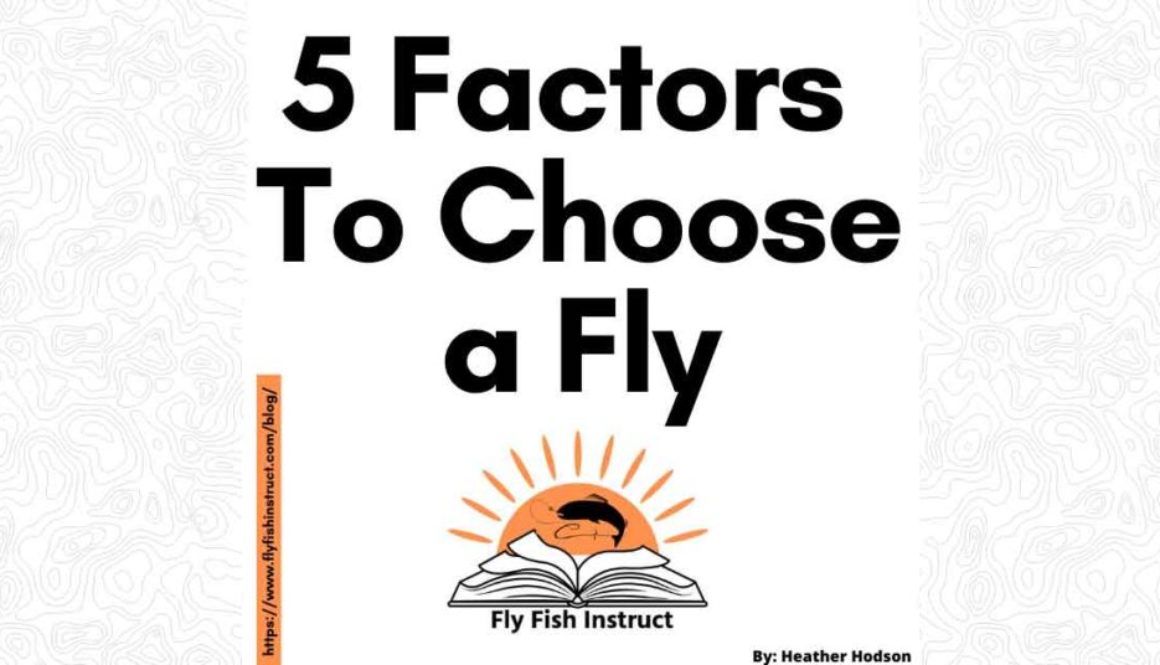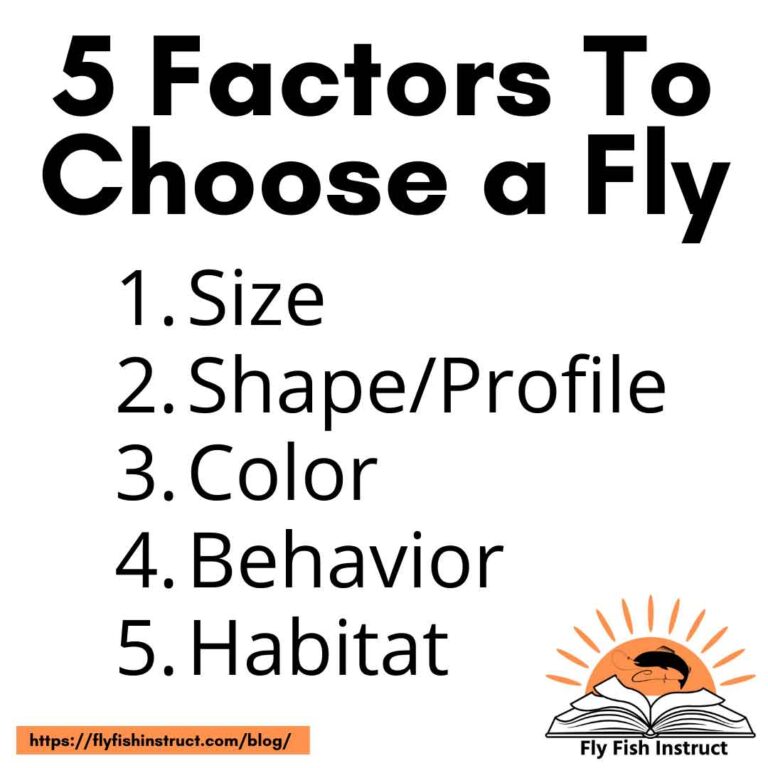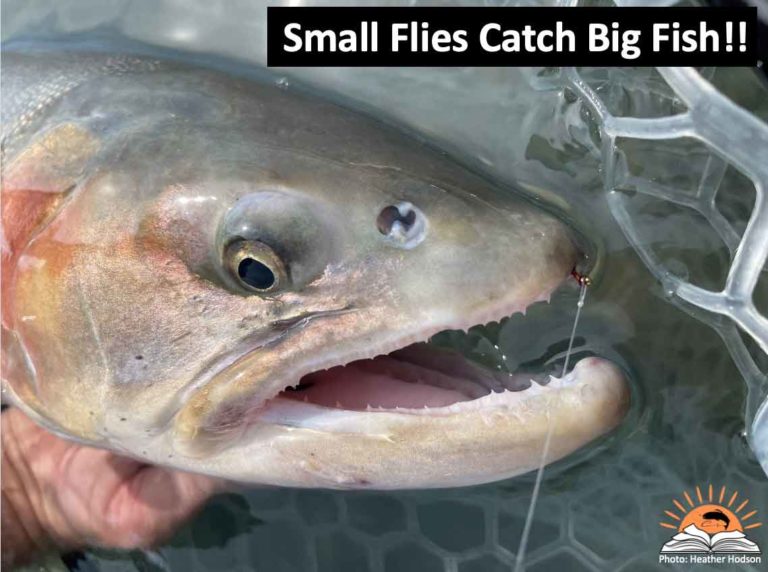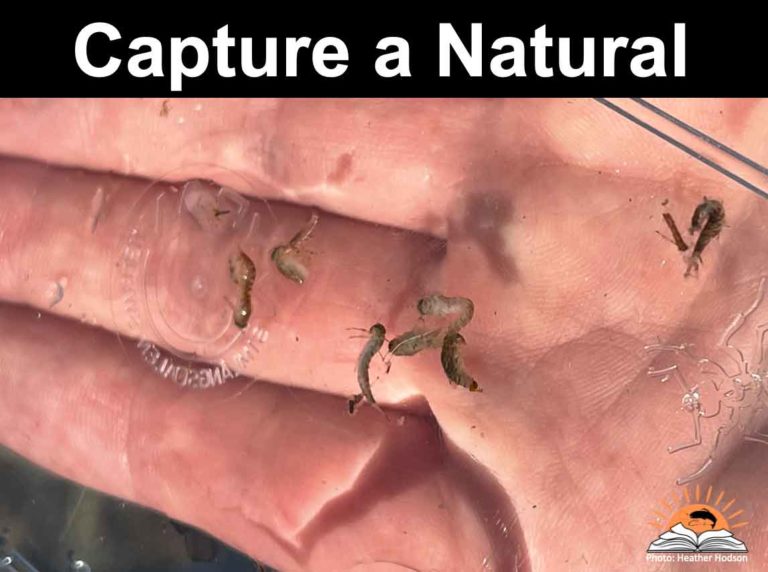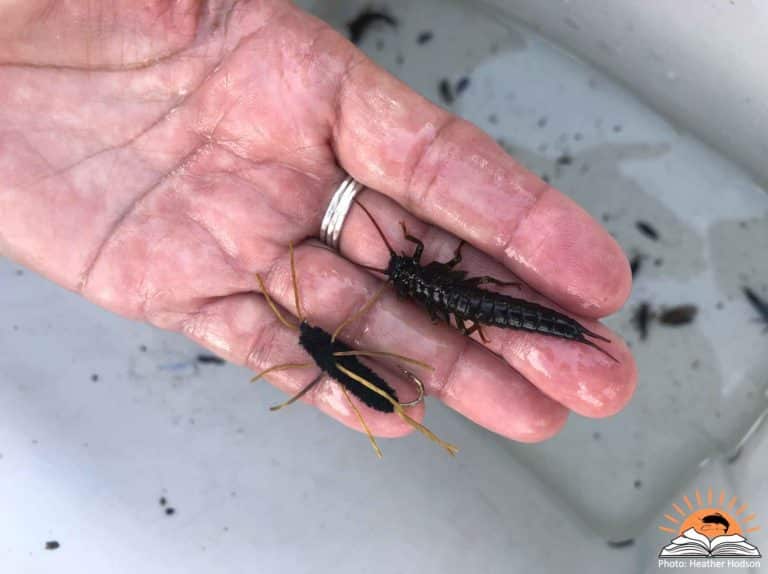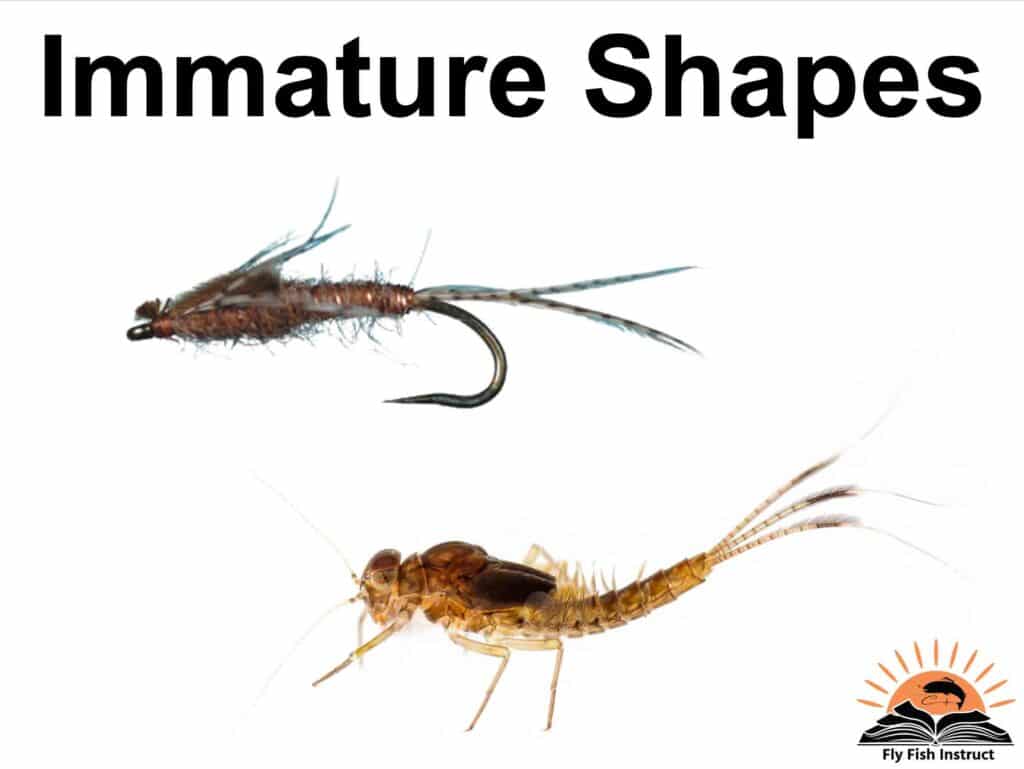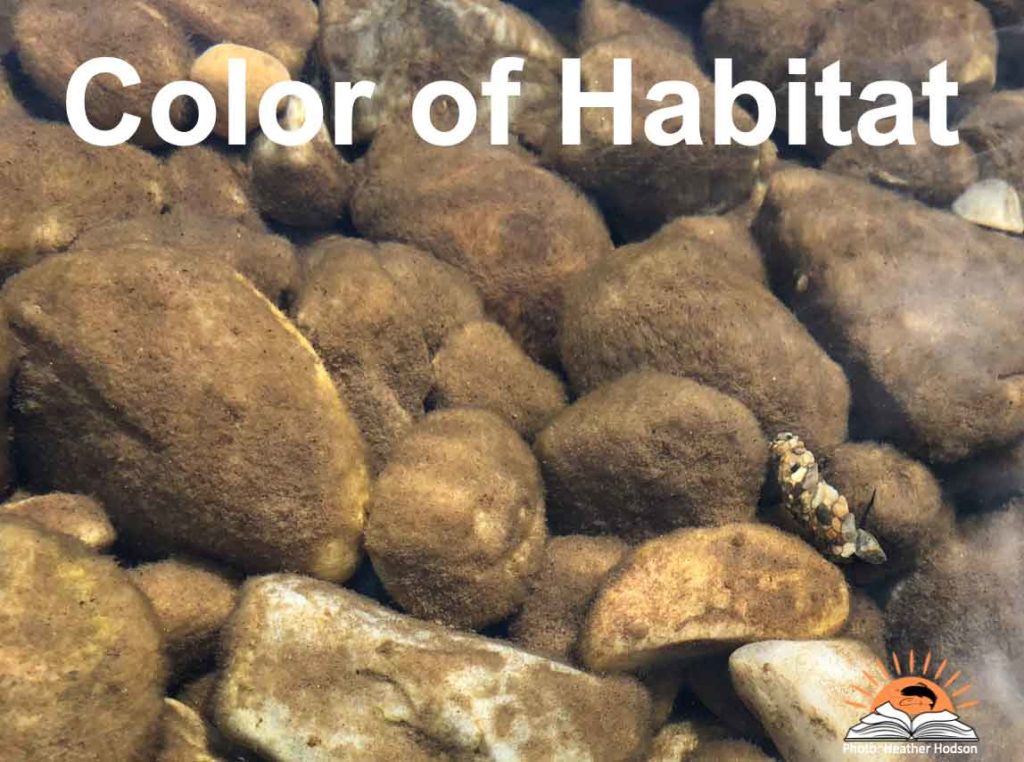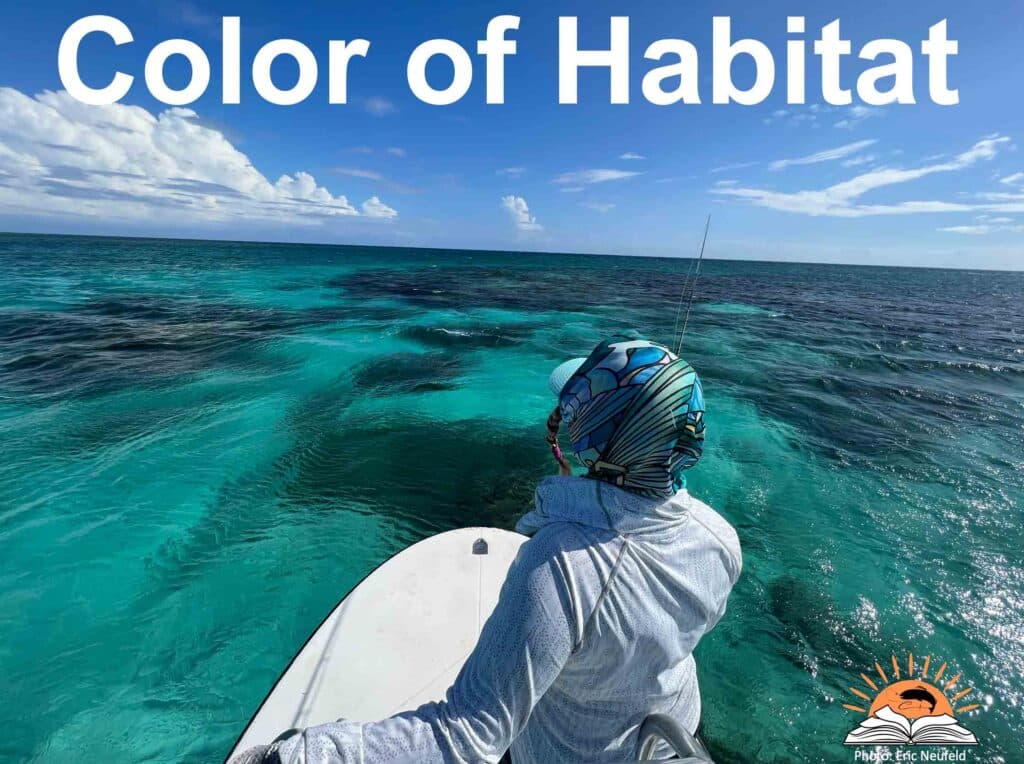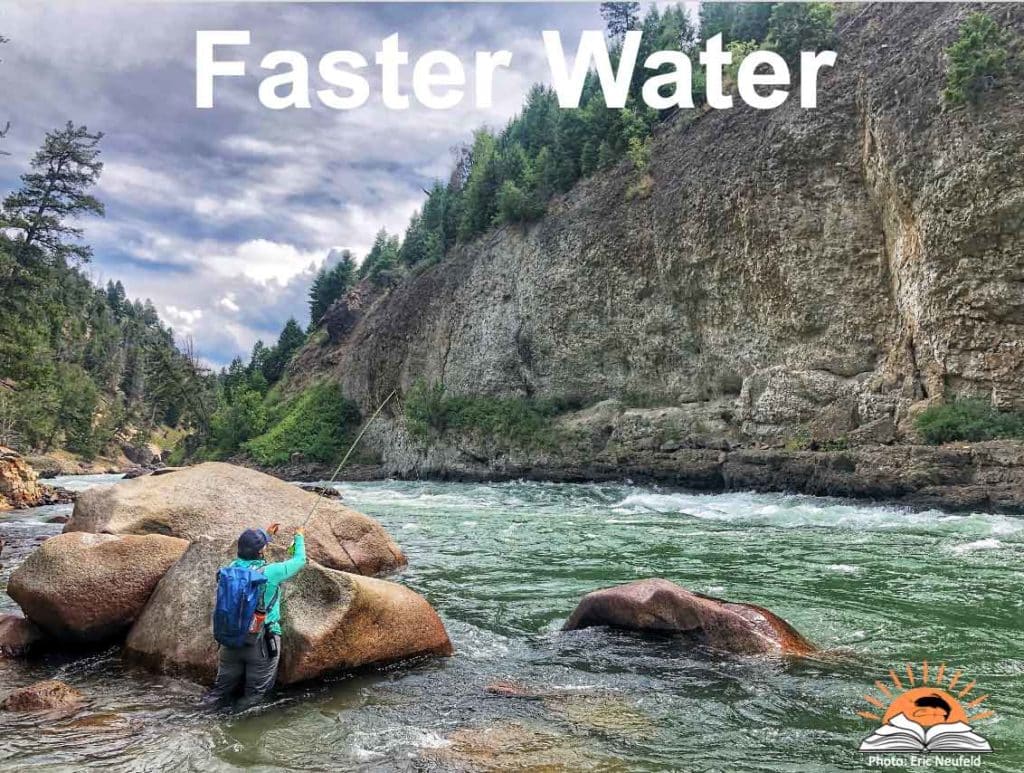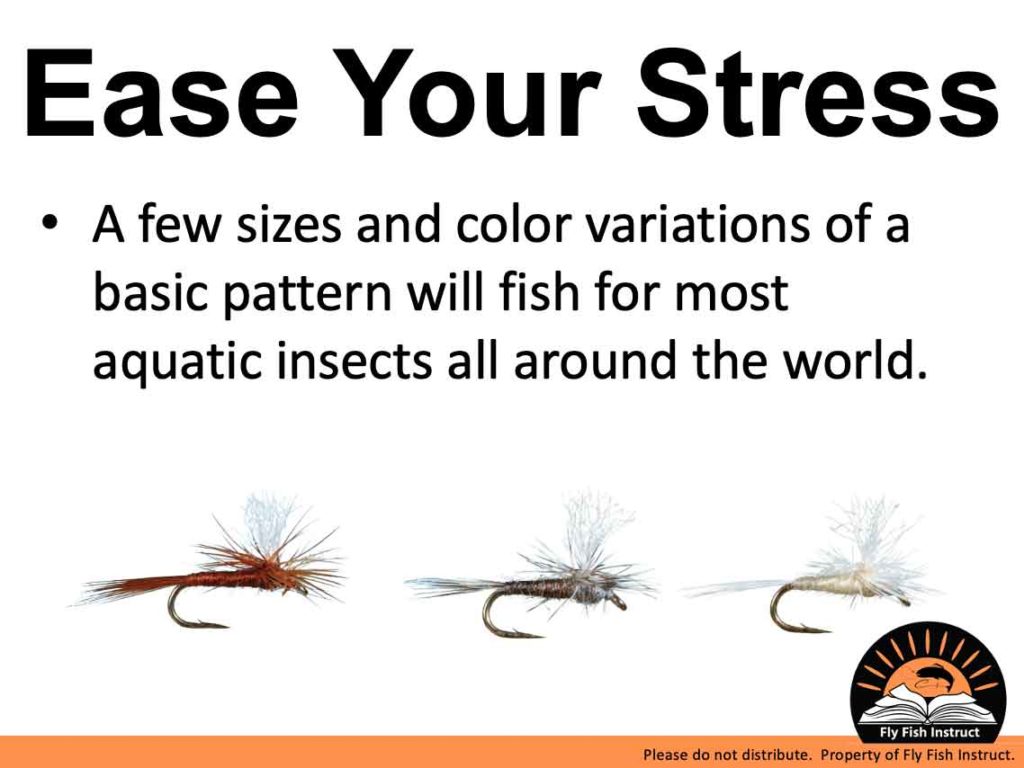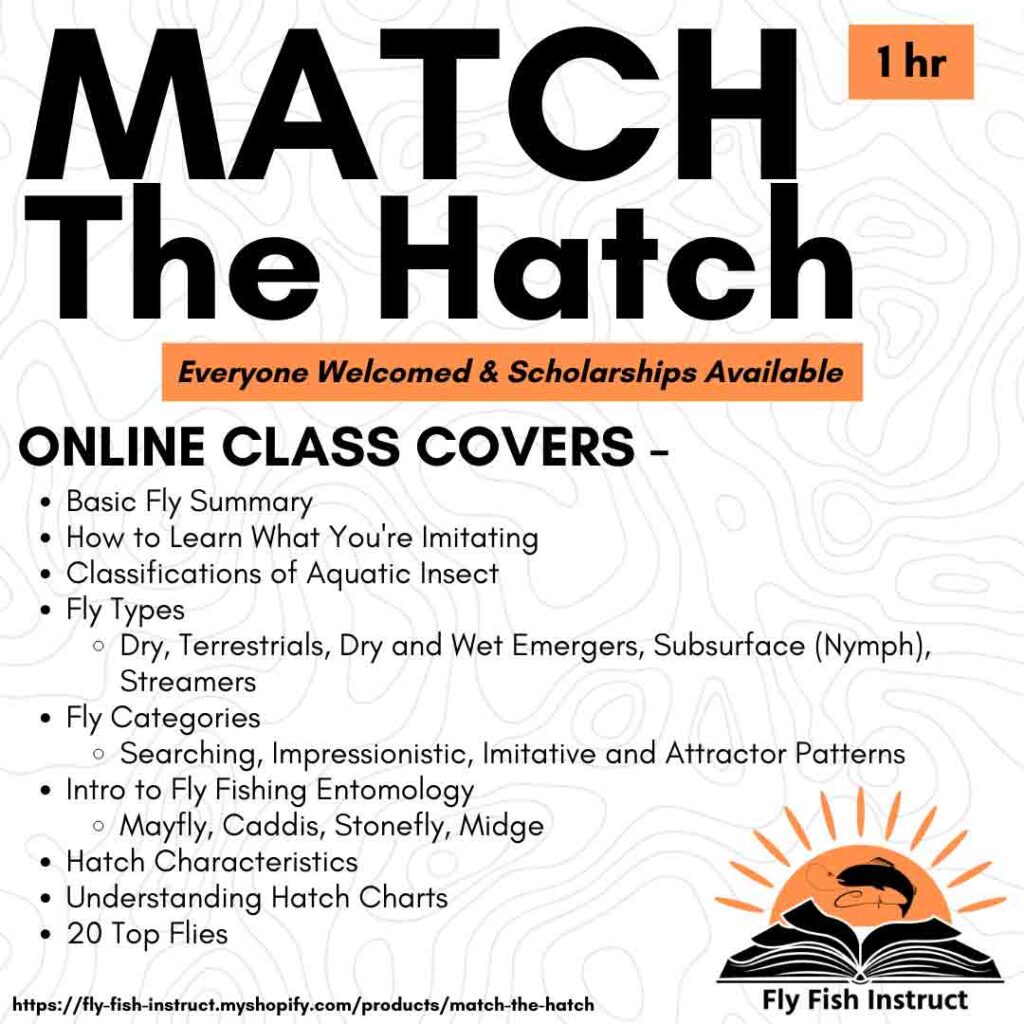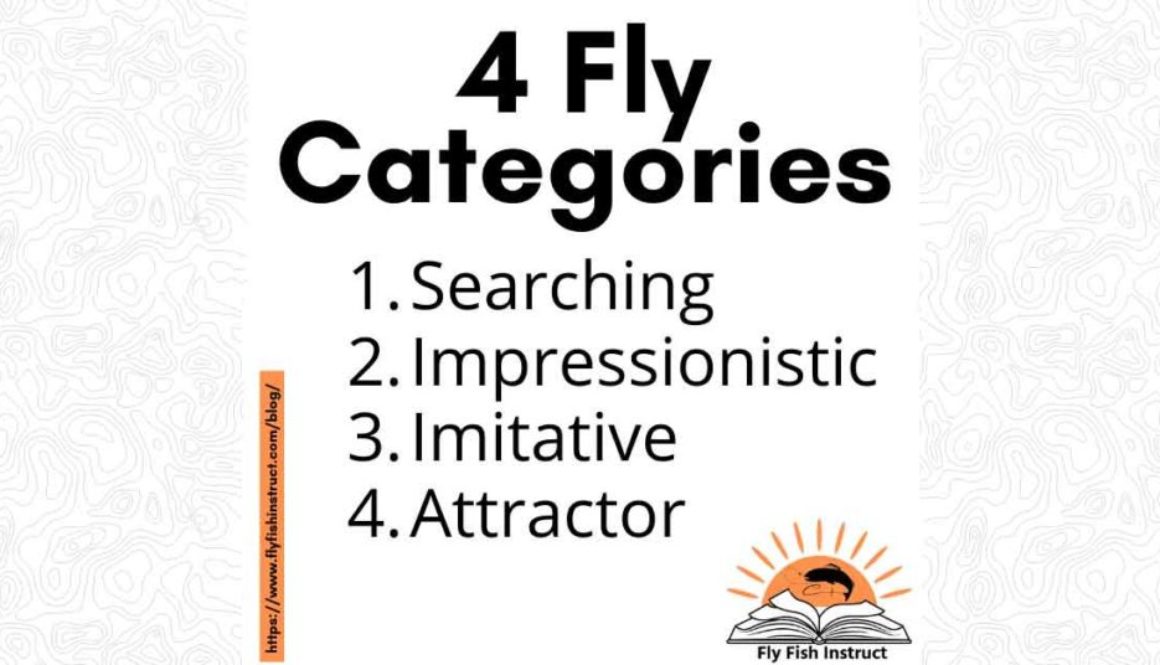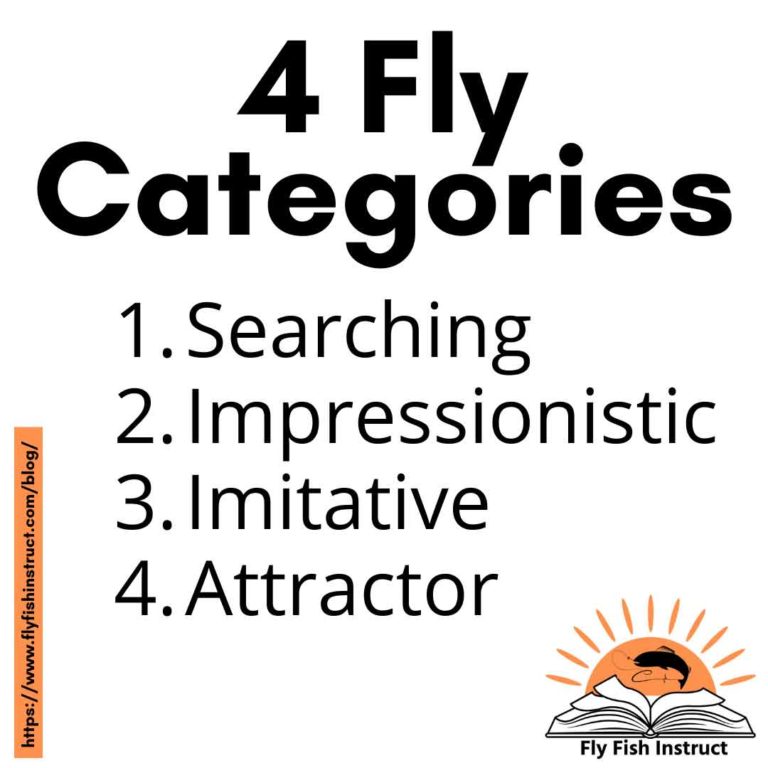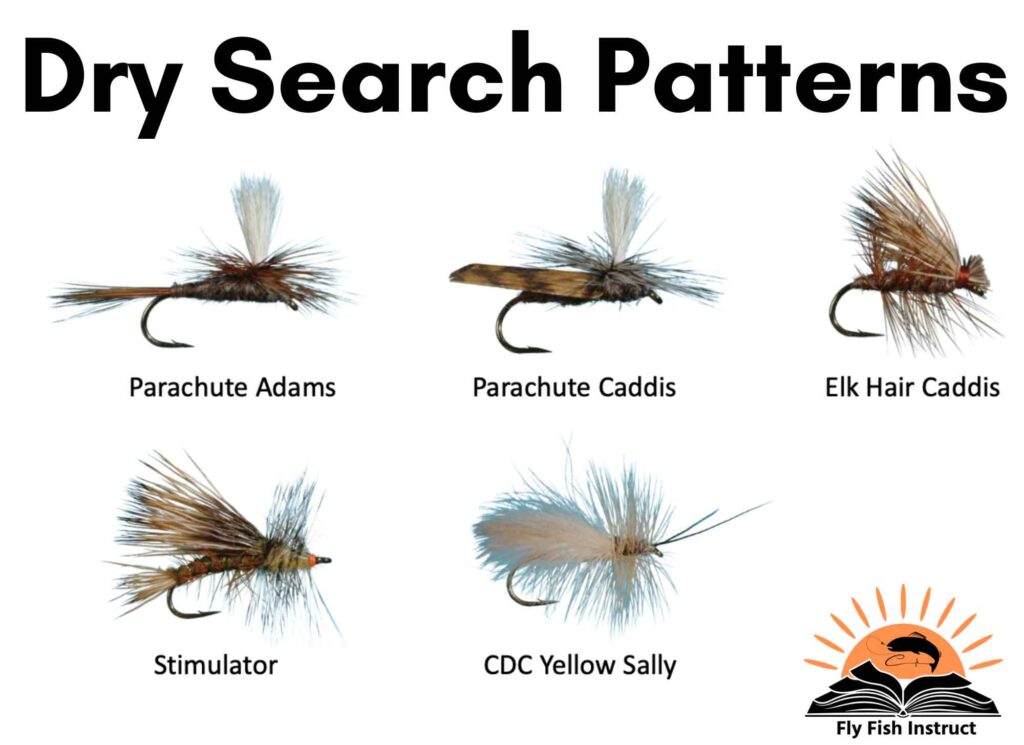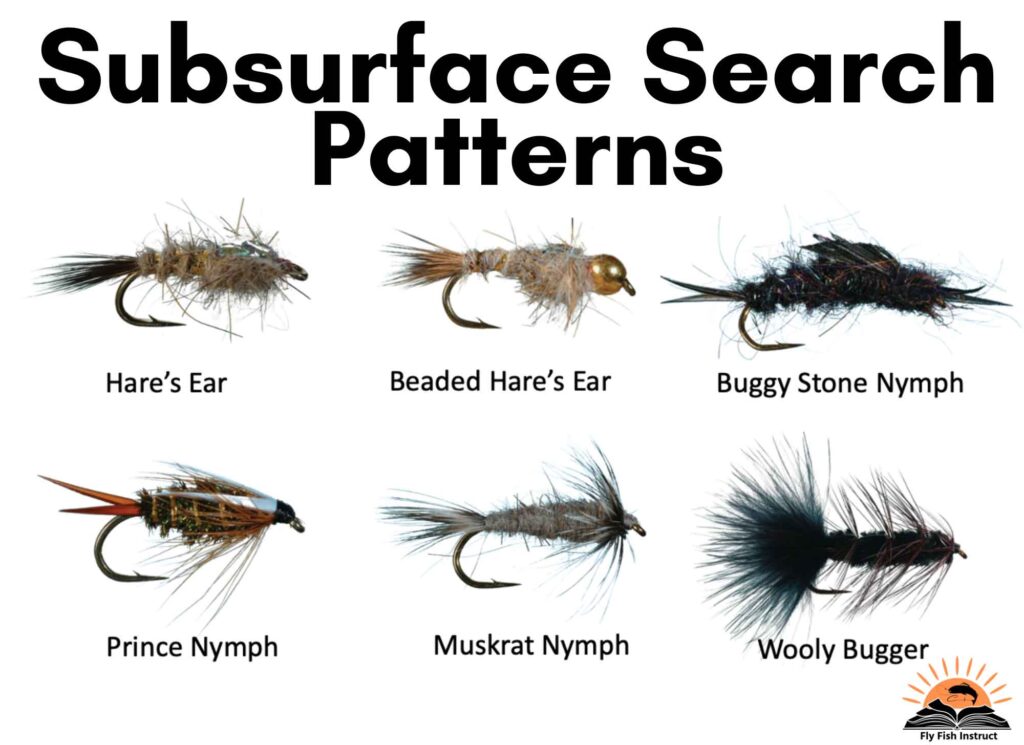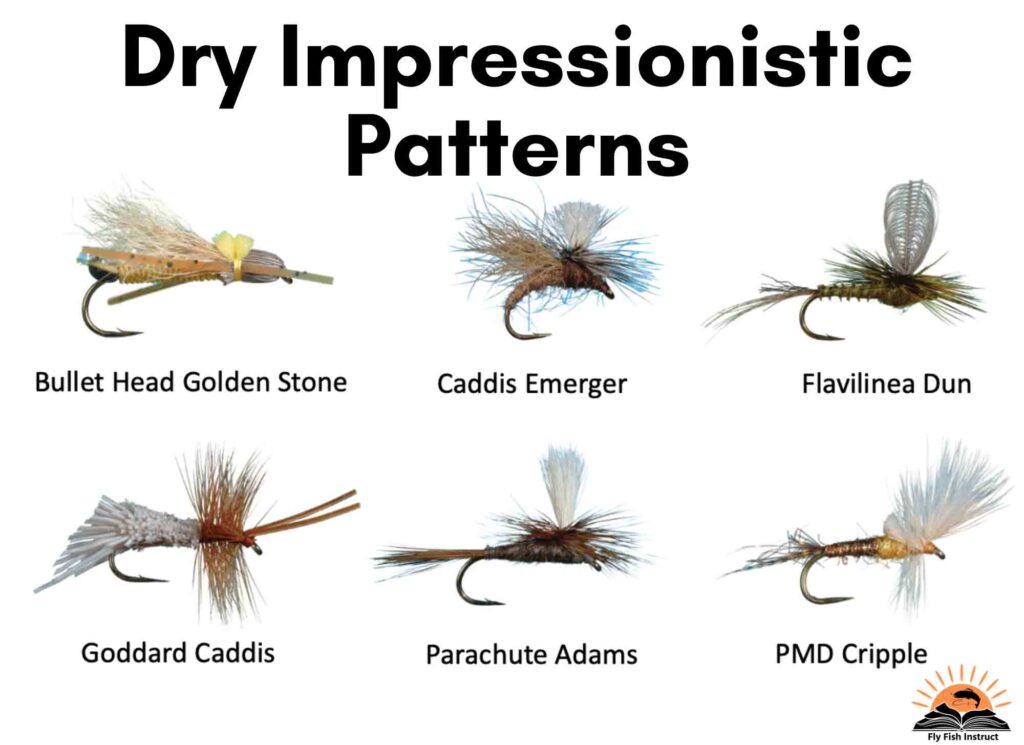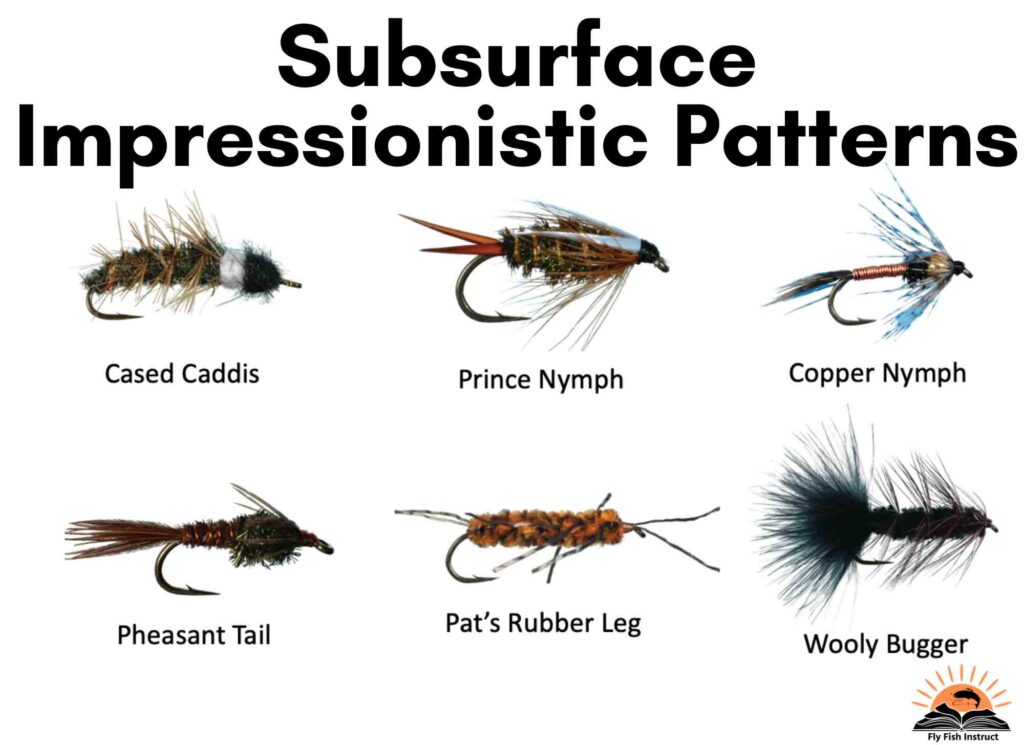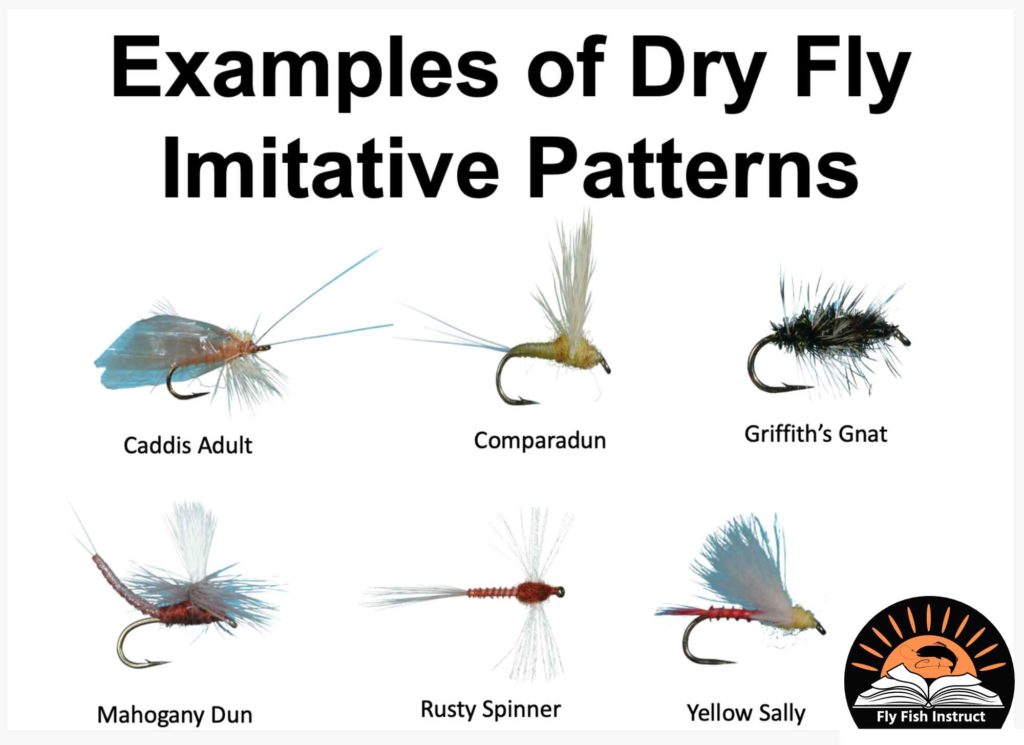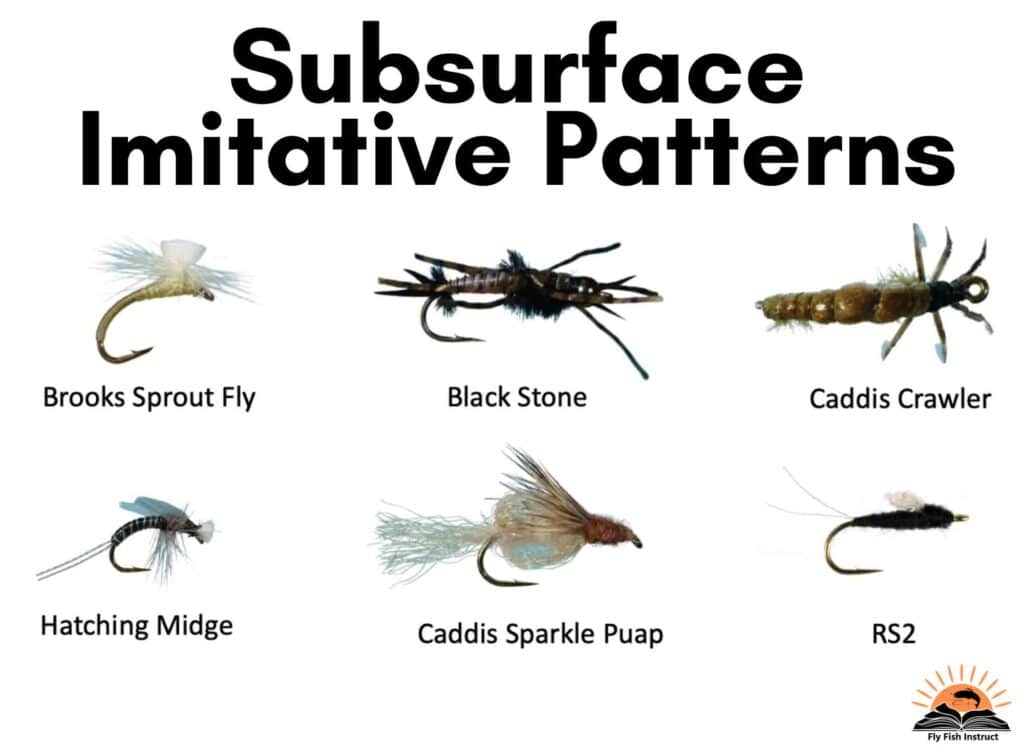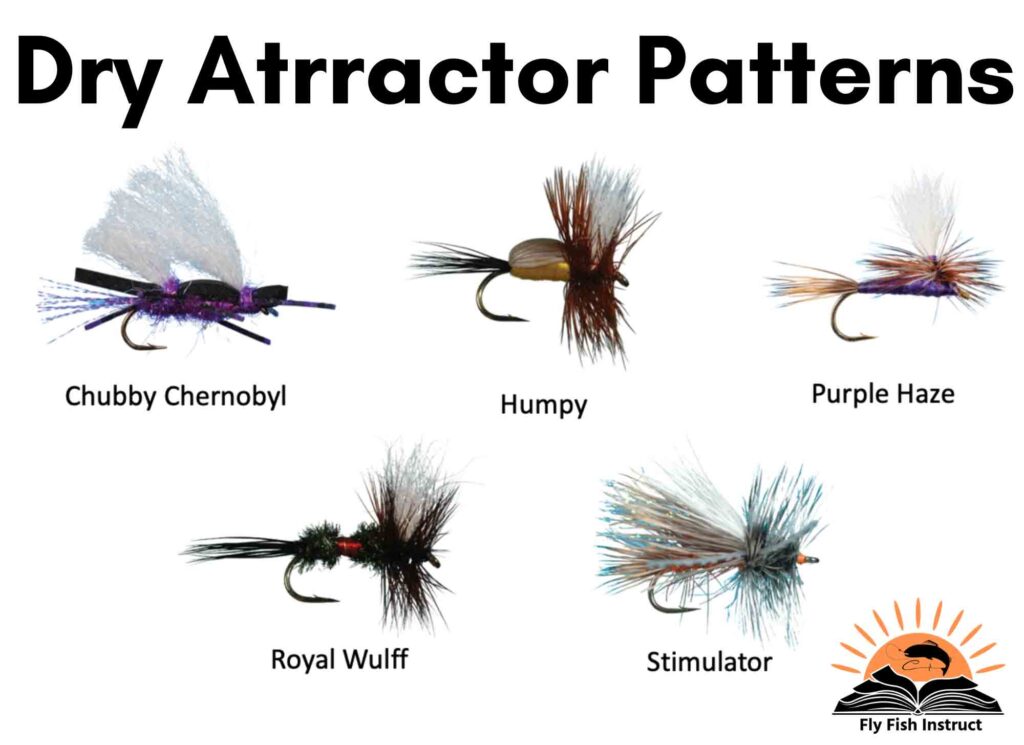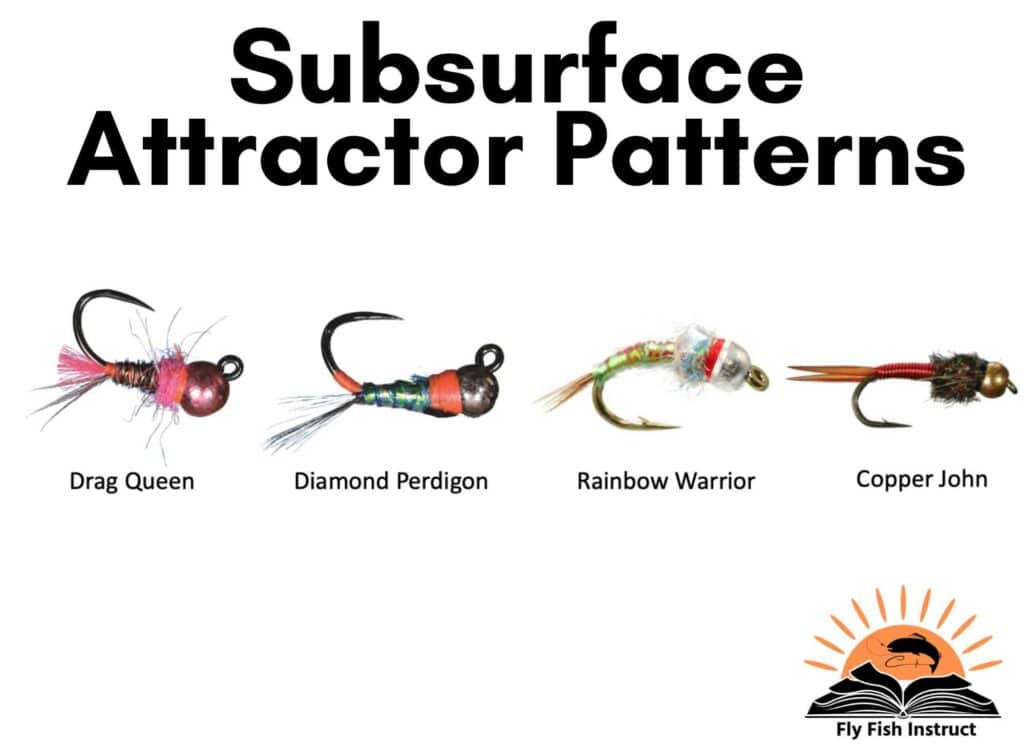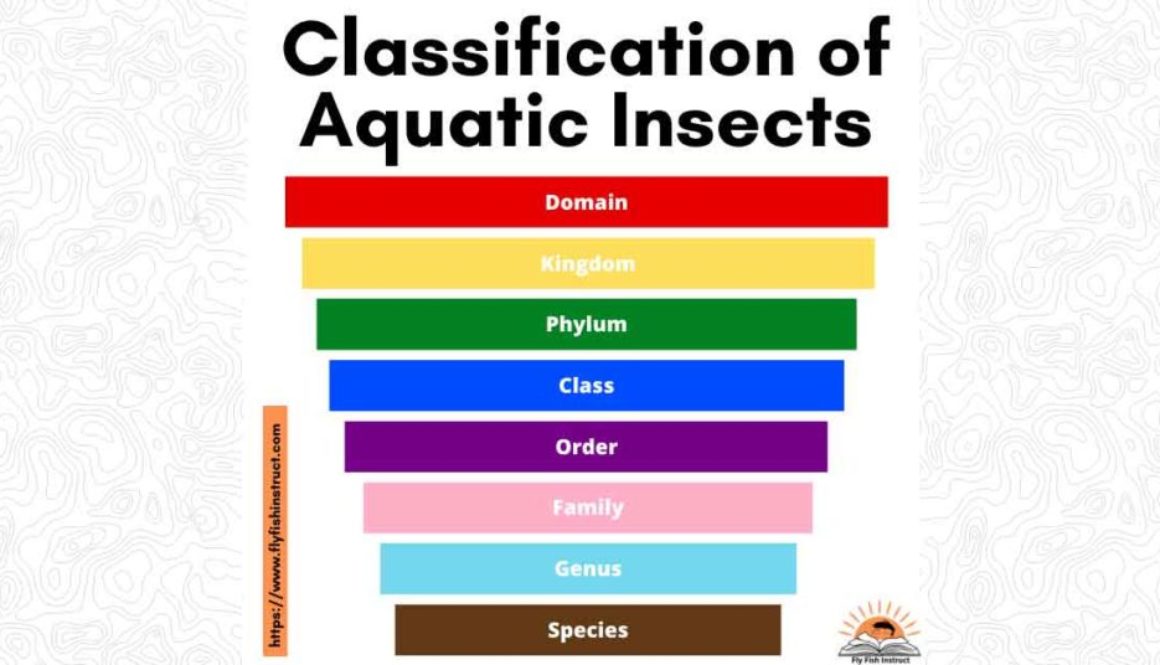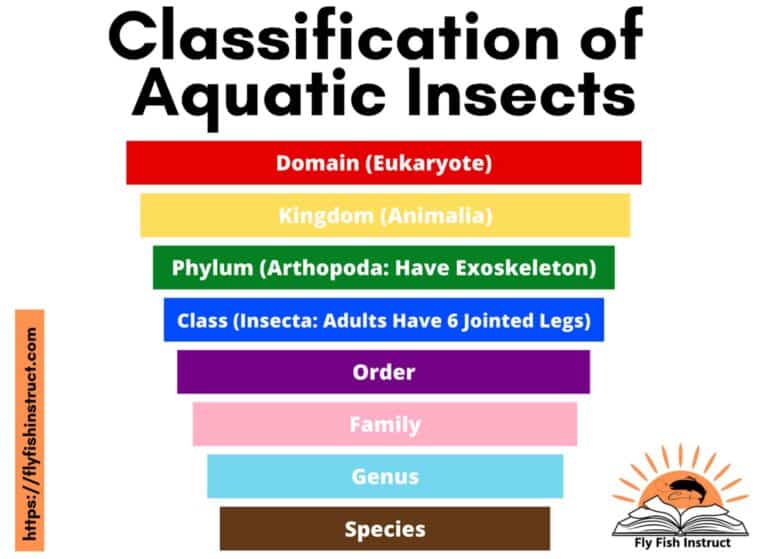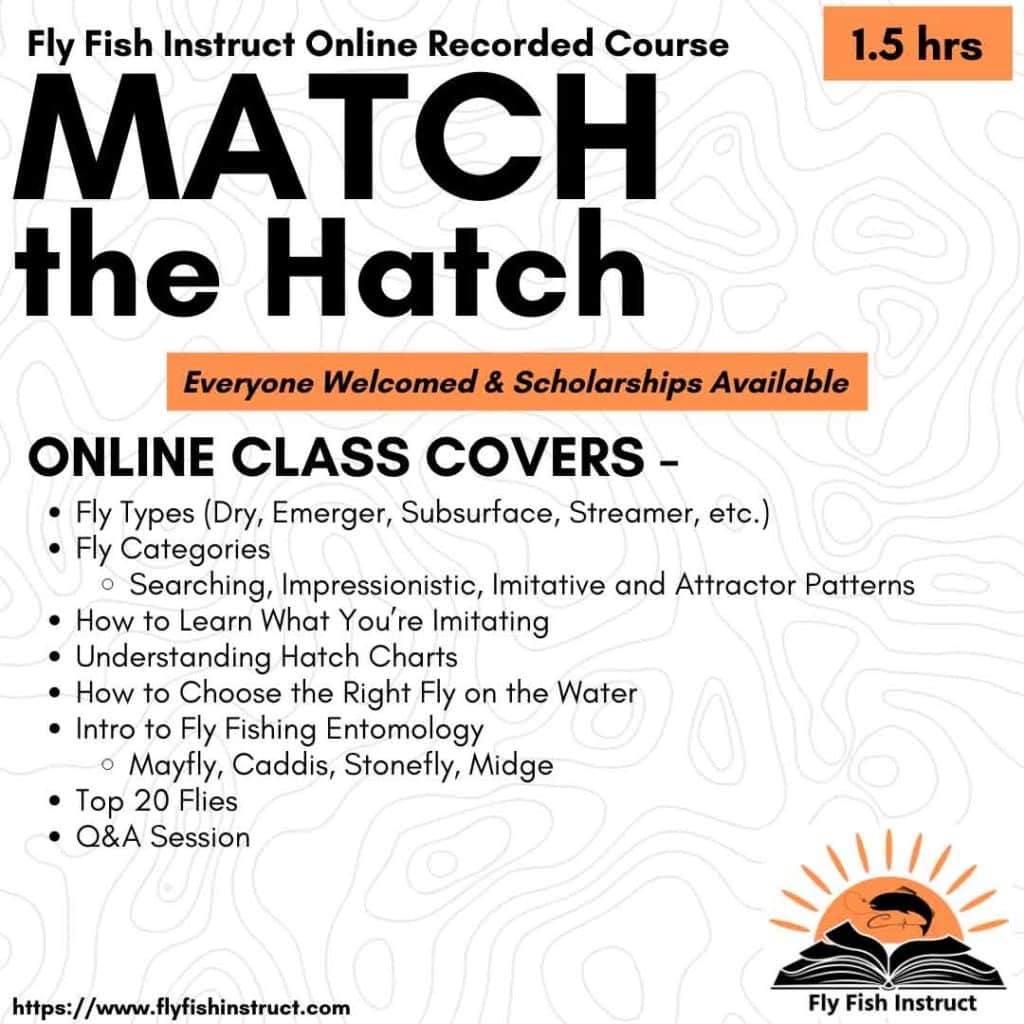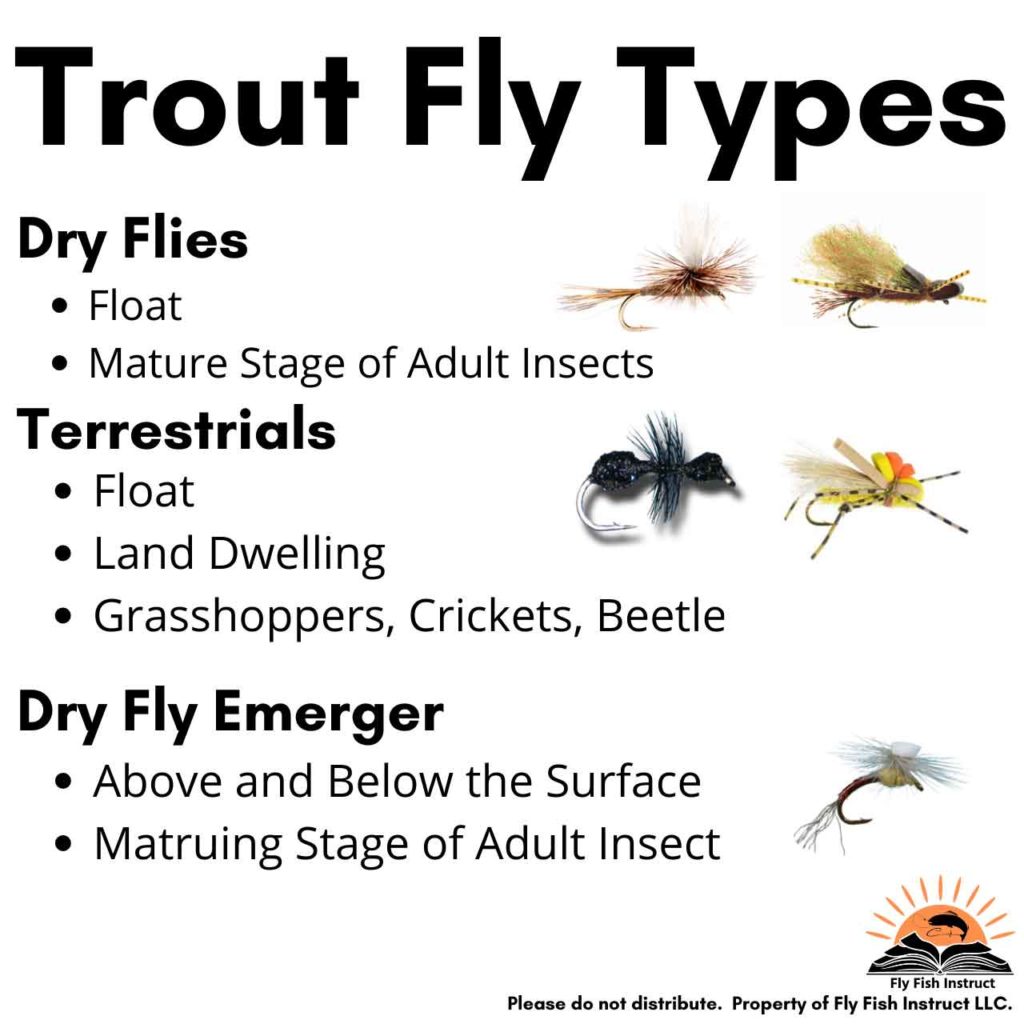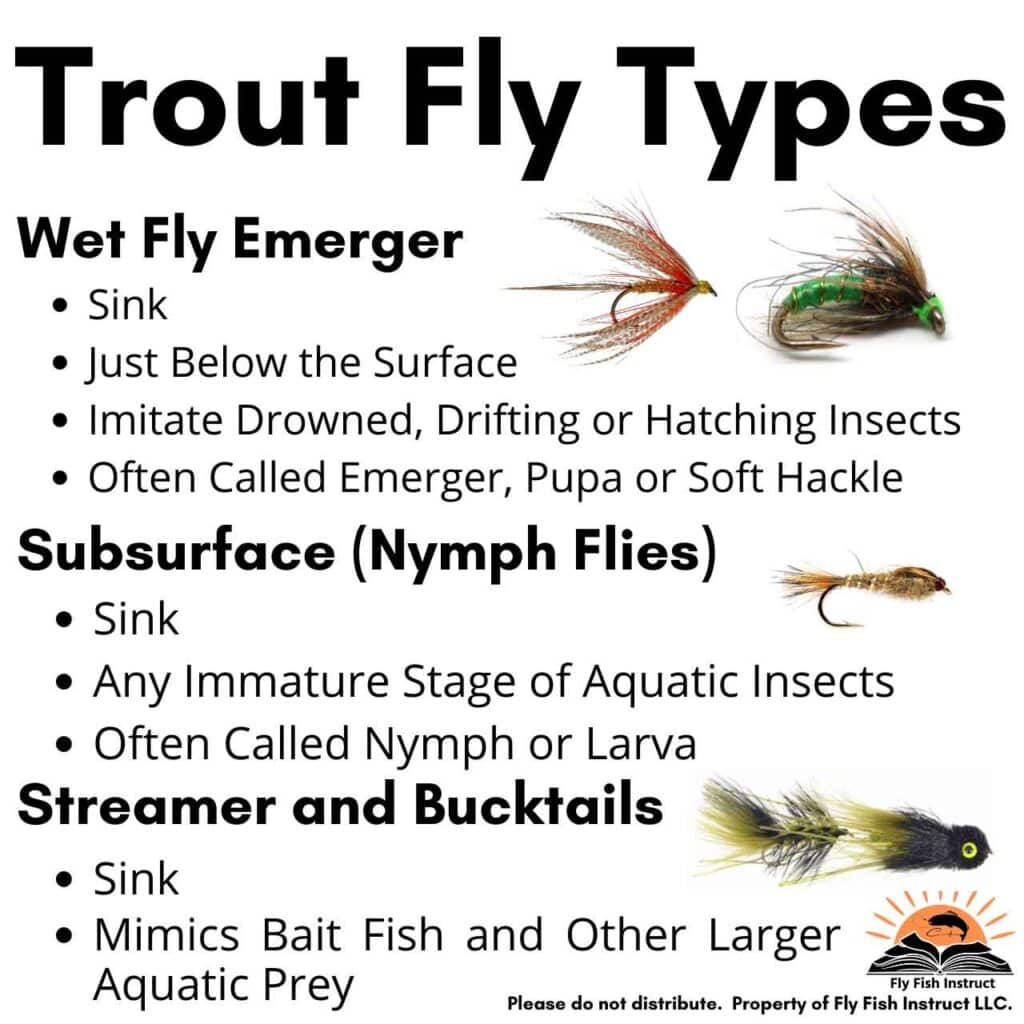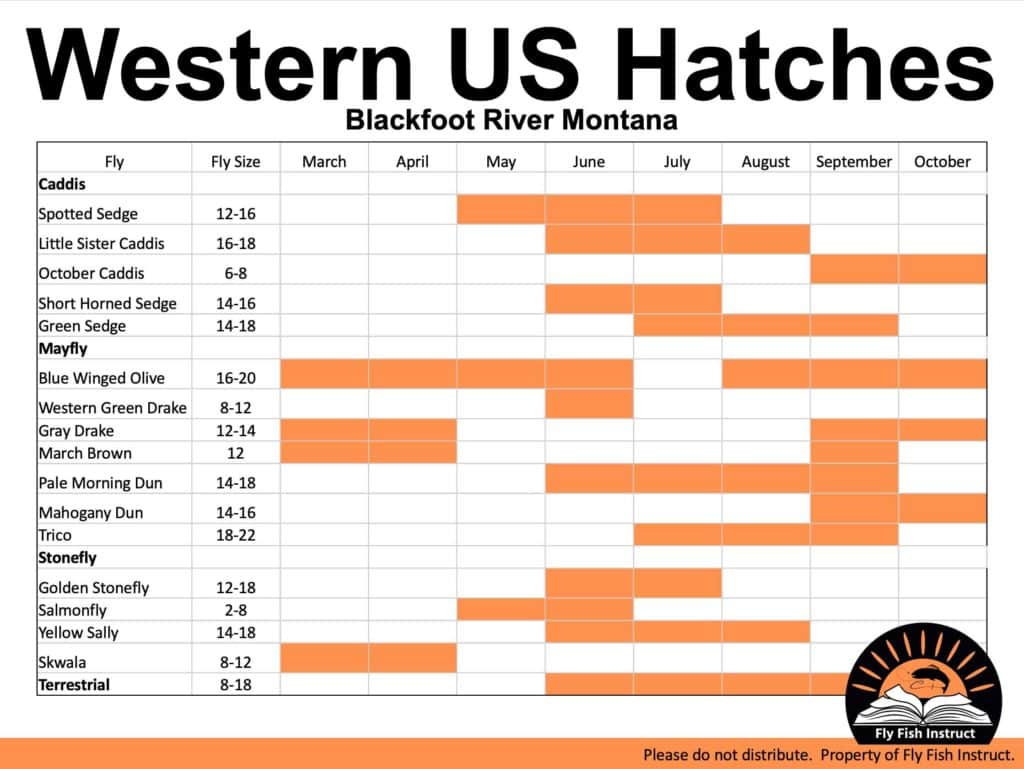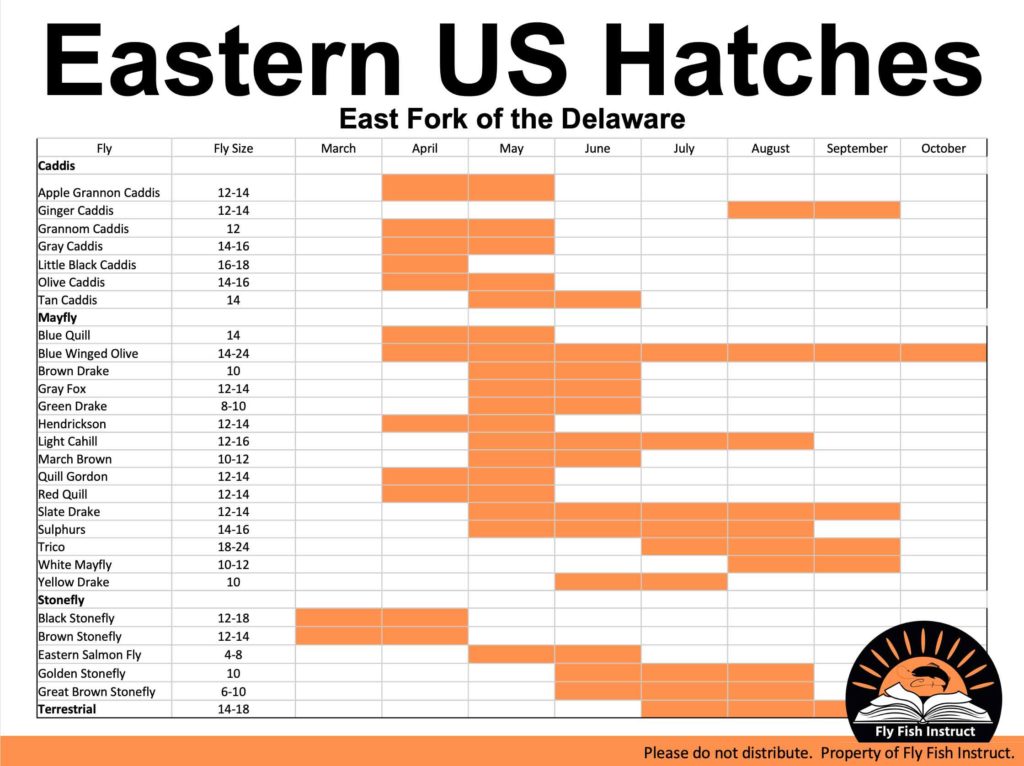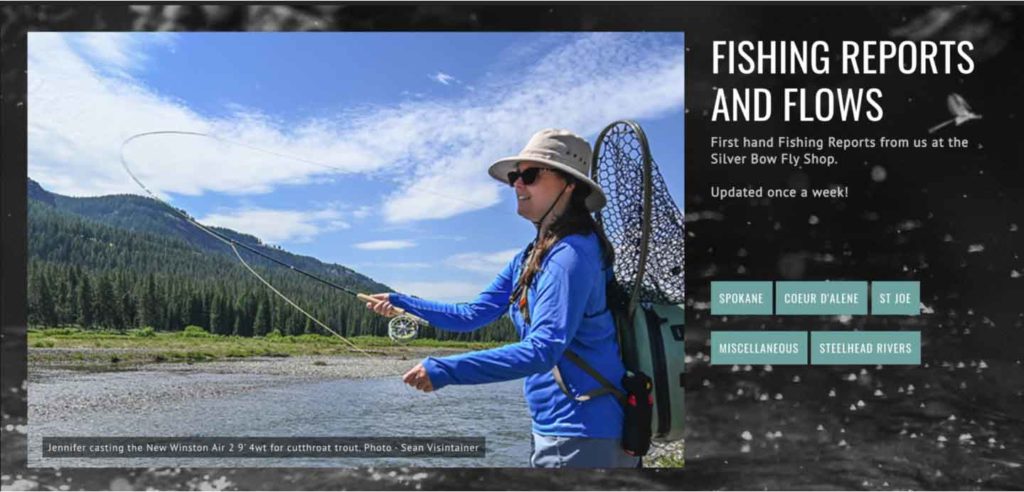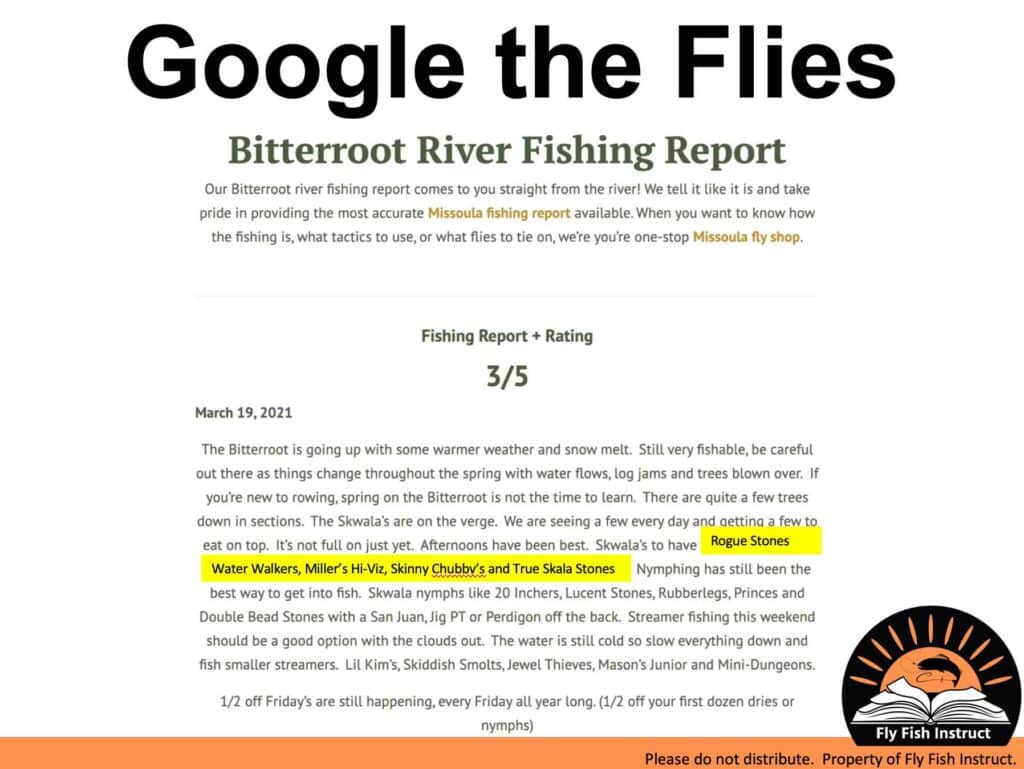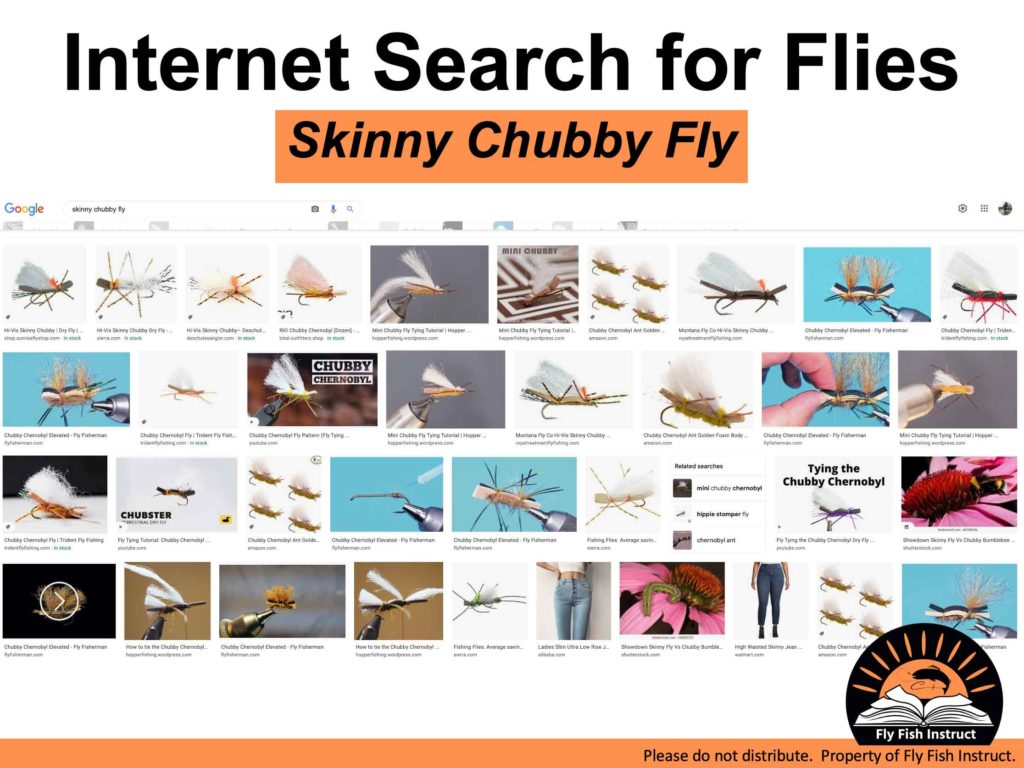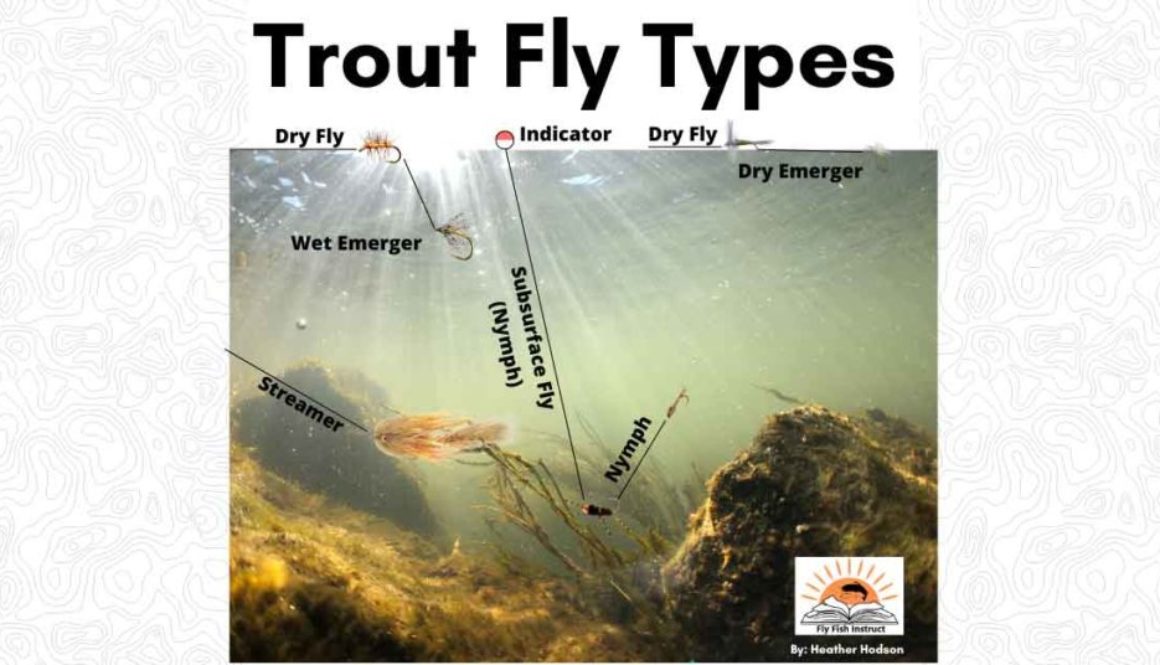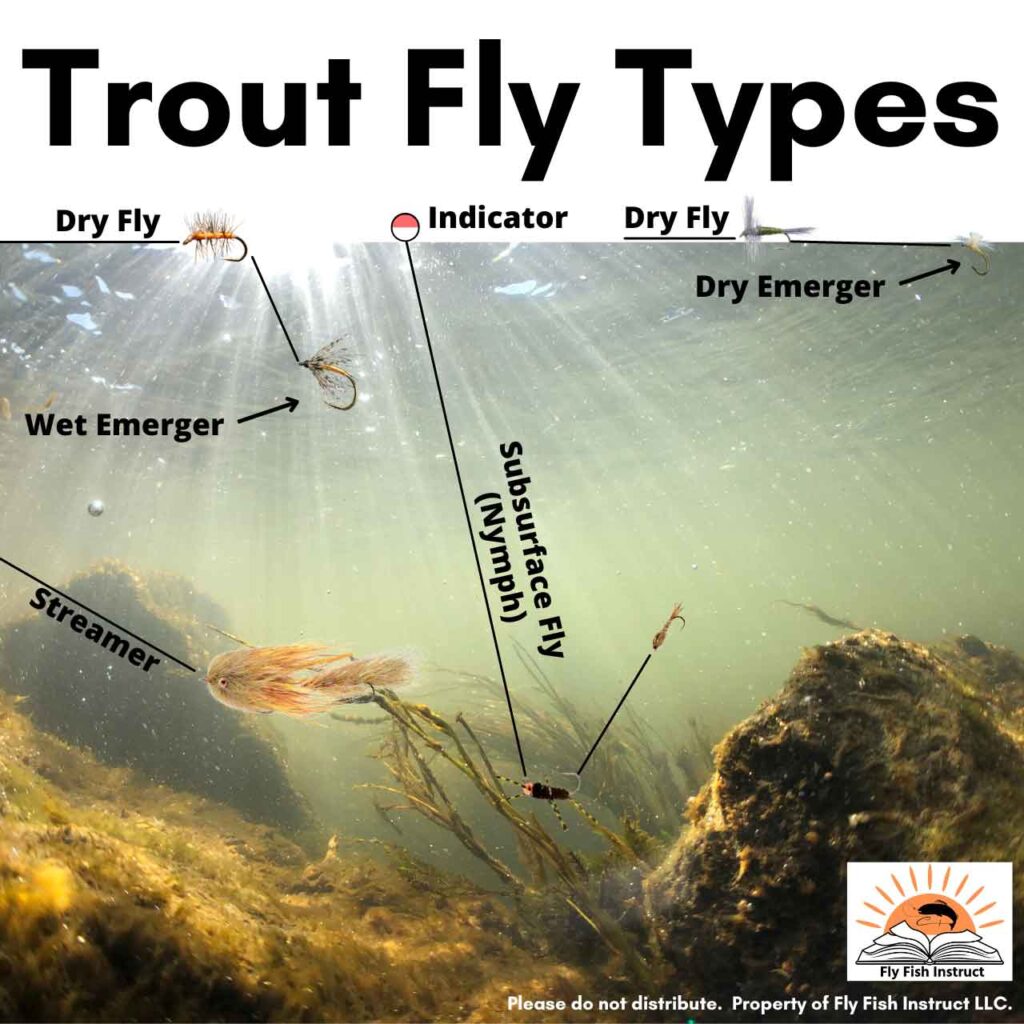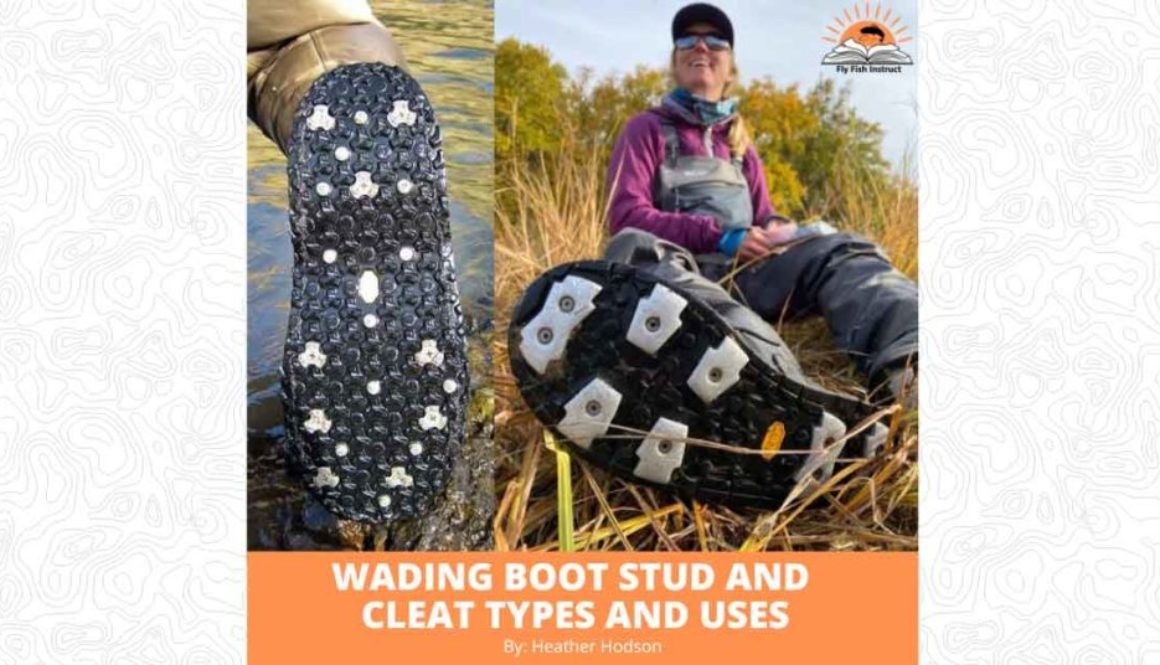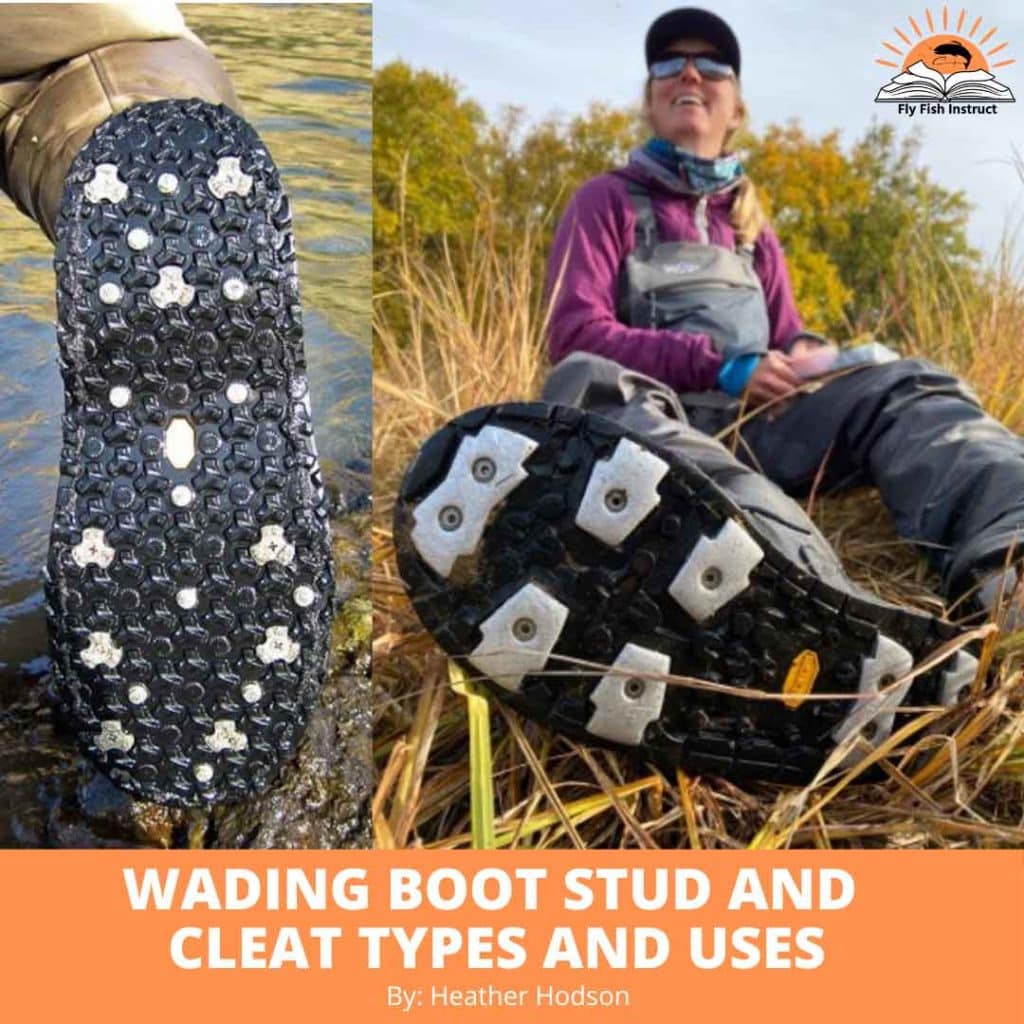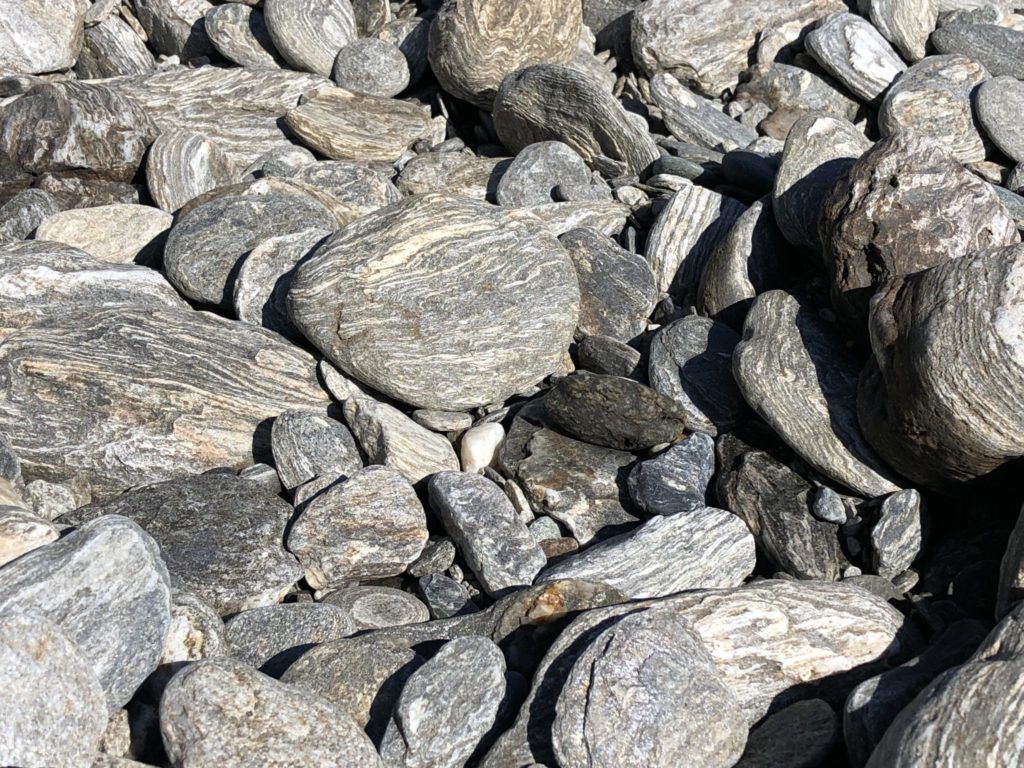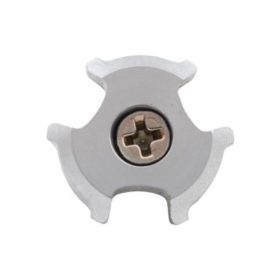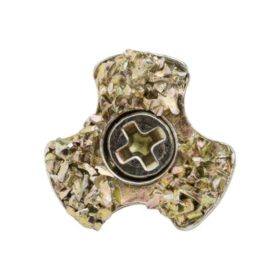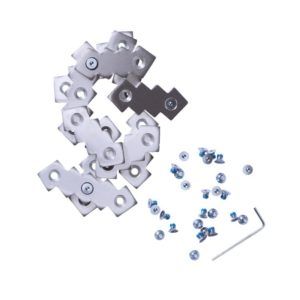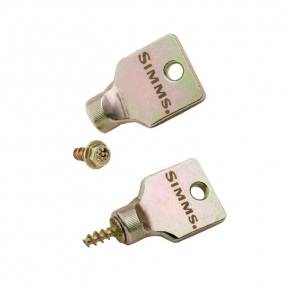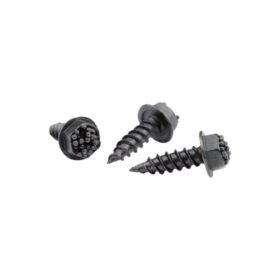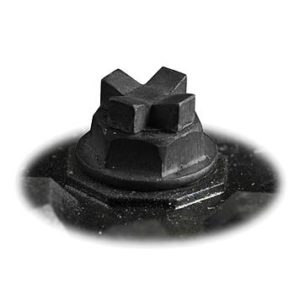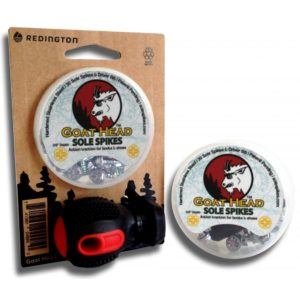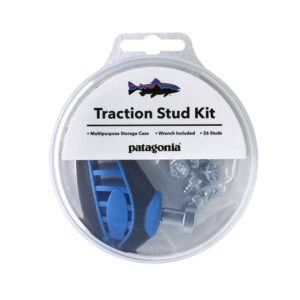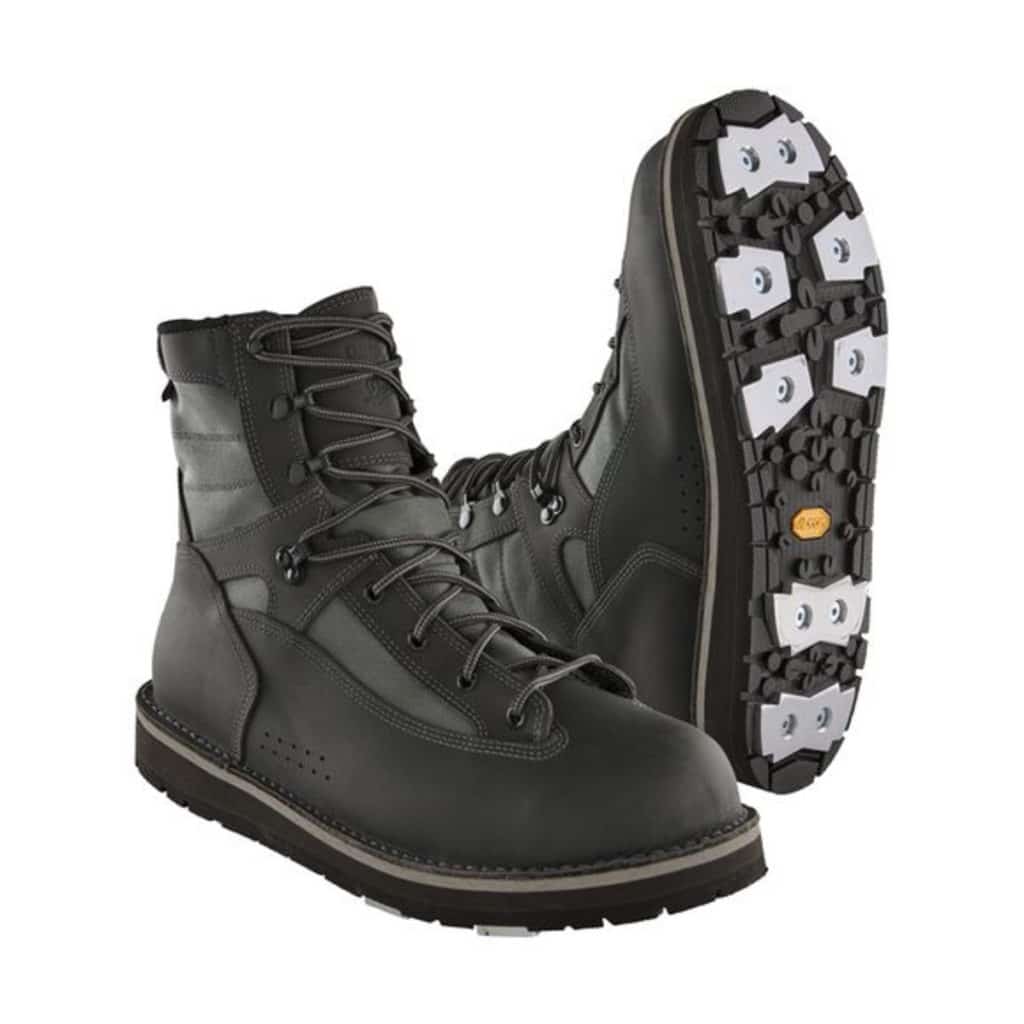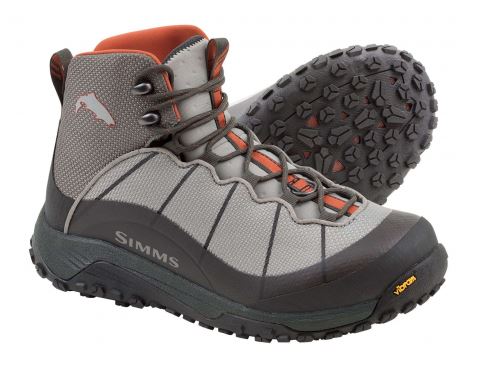Intro to Entomology
Blog, Education, Entomology, Trout Match the Hatch
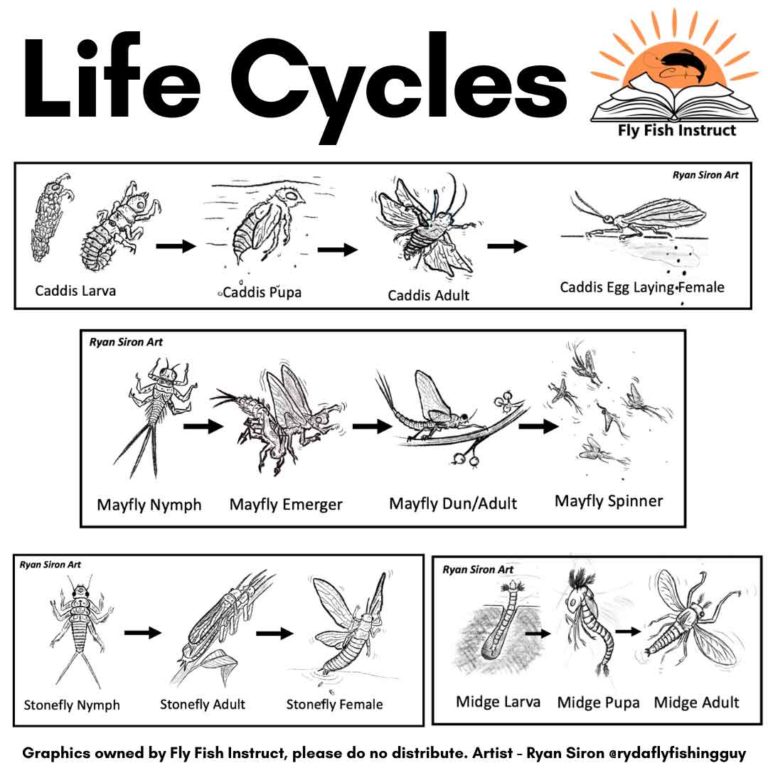
By: Heather Hodson
Fly Fish Instruct wants to help you take your fly fishing to the next level. One way to increase your catching ratio is to understand basic fly fishing entomology (the study of insects) and how you can choose the correct fly to match the hatch.
At a minimum, it’s essential for an angler to know and be able to identify the four most important aquatic insect groups (orders) and their stages in and off the water. The bonus is to know when the most common genus are hatching and the behaviors of each stage.
Blog Review
Refer back to our previous blogs.
- Classifications of Aquatic Insects
- Intro to Trout Fly Types
- Fly Category Types
- 5 Factors When Choosing a Fly
Learn more about in our “Match the Hatch” online course.
Insect Orders
We commonly refer to order as a specific group of aquatic insects. Most artificial flies are designed to imitate a particular order in a specific stage. To keep things simple, we will reference the commonly known names of an order, such as Caddis and Mayflies.
Most Common Trout Fly Orders:
-
- Caddis (Trichoptera order)
- Mafly (Ephemeroptera order)
- Midge (Diptera order)
- Stonefly (Plecoptera order)
Metamorphosis
Each aquatic insect group (order) goes through different stages of development throughout their lives. These stages are also known as metamorphosis, which means change. Each order will go through either complete or incomplete metamorphosis. As an angler, understanding these stages or transitions is essential. Most anglers use a basic understanding of these stages to fish by mimicking behavior. Often, these stages are referred to as nymphs/larvae, emergers, and dry flies.
Incomplete Metamorphosis (Mayflies and Stoneflies) –
- 3 Stages – Egg, Nymph, and Adult (Imago) Stages.
Complete Metamorphosis (Caddis and Midges) –
- 4 Stages – Egg, Larva, Pupa and Adult (Imago)
- Exactly like a butterfly.
Insect Stages
- Larva are juvenile insects that often look worm-like.
- Complete Metamorphosis
- Fish flies in the lower part of the water column.
Larvae are also referred to as nymphs. “Nymphing” refers to the fishing technique of an artificial fly subsurface (under the water).
- Nymphal Stage –
- Incomplete Metamorphosis
- Life begins when the immature nymph escapes its egg and starts to feed. The nymph will shed its exoskeleton in a process called molting. The nymphal period can vary from a few months to several years.
- Fish flies in the lower part of the water column.
- Pupa –
- Complete Metamorphosis
- Life stage begins when the mature larva transforms into a pupa. The larva spins some sort of cocoon or case and enters the pupa stage.
- Emergers are the stage where the nymphs or larvae rise to the surface in preparation to emerge into their adult (dry fly) form.
- Fish wet emergers in the mid-water column and dry emergers just below the surface.
- Adults are the final life stage of the insect.
- Fish most dry flies on top of the water.
- Spinners are the dead insects that fall to the water’s surface.
- Not all insects have a spinner stage.
- Midges, for example, don’t have a separate spinner fly pattern.
- Fish spinners on top of the water.
- Not all insects have a spinner stage.
Immature Characteristics
A subsurface artificial fly mimics any stage of an immature aquatic insect.
- Caddis and Midges
- Aquatic Larva “worm-like”.
- Caddis are either cased or free living larva.
- Mayflies and Stoneflies
- Classic insect shape with a distinct abdomen, thorax, and head segments.
- Mayflies have two or three tails.
- Stoneflies always have two tails. The gills on mayflies are on their abdomens and stoneflies have thoracic gills.
Adult Characteristics
A dry fly is the adult stage of an insect. All adult aquatic insects have the same shape but will vary in size and color.
- Mayflies (order Ephemeroptera) have upright “sailboat” wings.
- Caddis (order Trichoptera) have a “tent-shaped” wing.
- Stoneflies (order Plecoptera) have wings that lie flat over their backs. Think of longboard.
- Midges (order Diptera) as their order name suggests have only two wings (Di = 2; -ptera = wing).
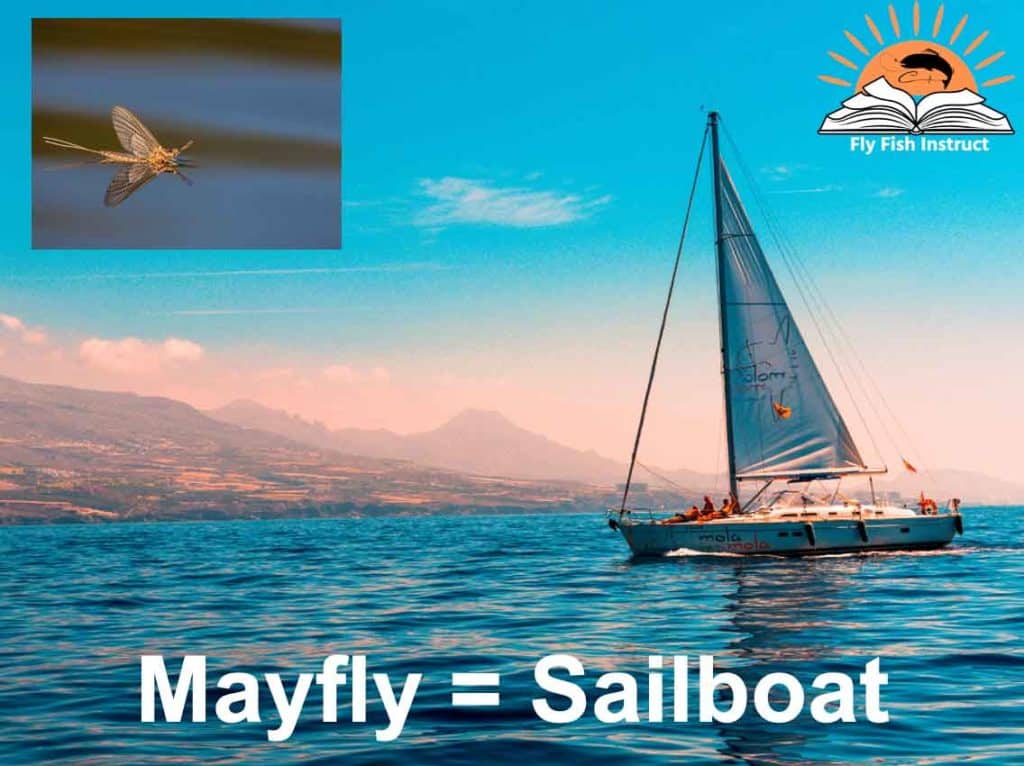

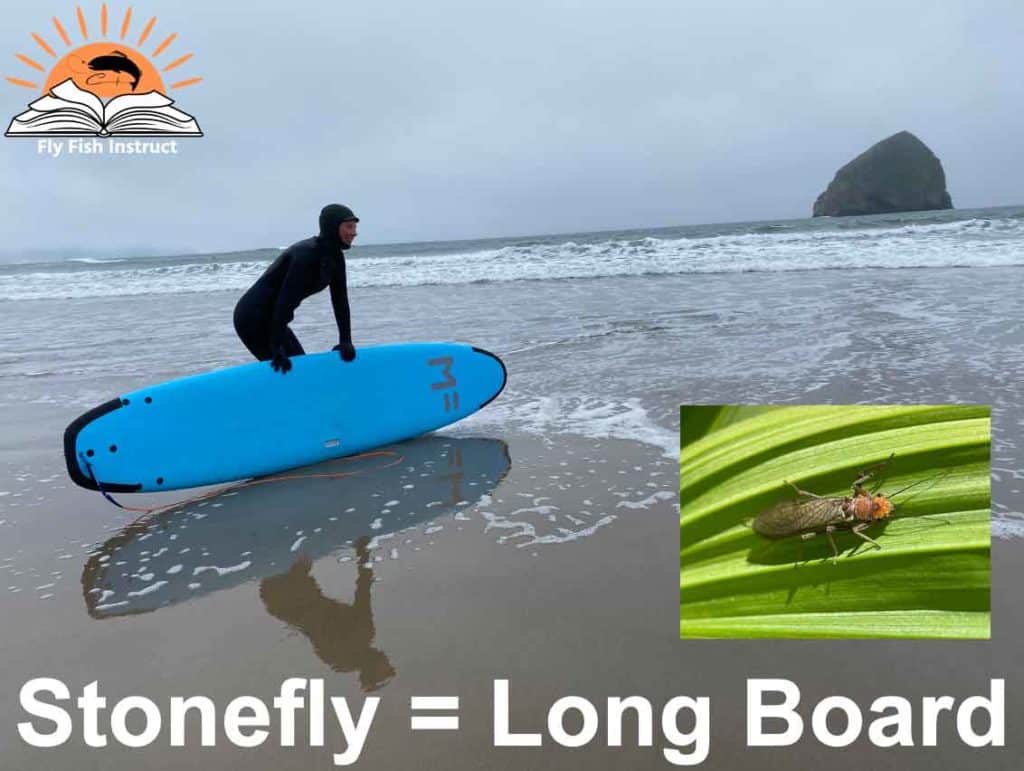
Life Cycle Factors
There are several life cycle factors.
- Time of Year
- Certain aquatic insects hatch annually during the same time of the year. Start to become familiar with hatch charts to know what genus hatches when.
- Time of Day
- Water temperatures usually rise during the day. Many aquatic insects hatch at the same time of the day during a specific time throughout the year.
- Water Temperatures
- Aquatic insects have different hatching water temperatures. Having a thermometer will you start to predict when the adult life cycle stage will happen.
- Available Food
- Aquatic insects have the same 4 basic needs as fish.
-
Food, Protection from Predators, Shelter from Current and Oxygen.
-
- Insects need available food to survive.
- Aquatic insects have the same 4 basic needs as fish.
Conclusion
You can familiarize yourself with the stages and individual characteristics of the four most important aquatic insect groups (0rders) Caddis, Mayflies, Midges, and Stoneflies. This will help lessen the stress of matching the hatch and being a more successful angler.
